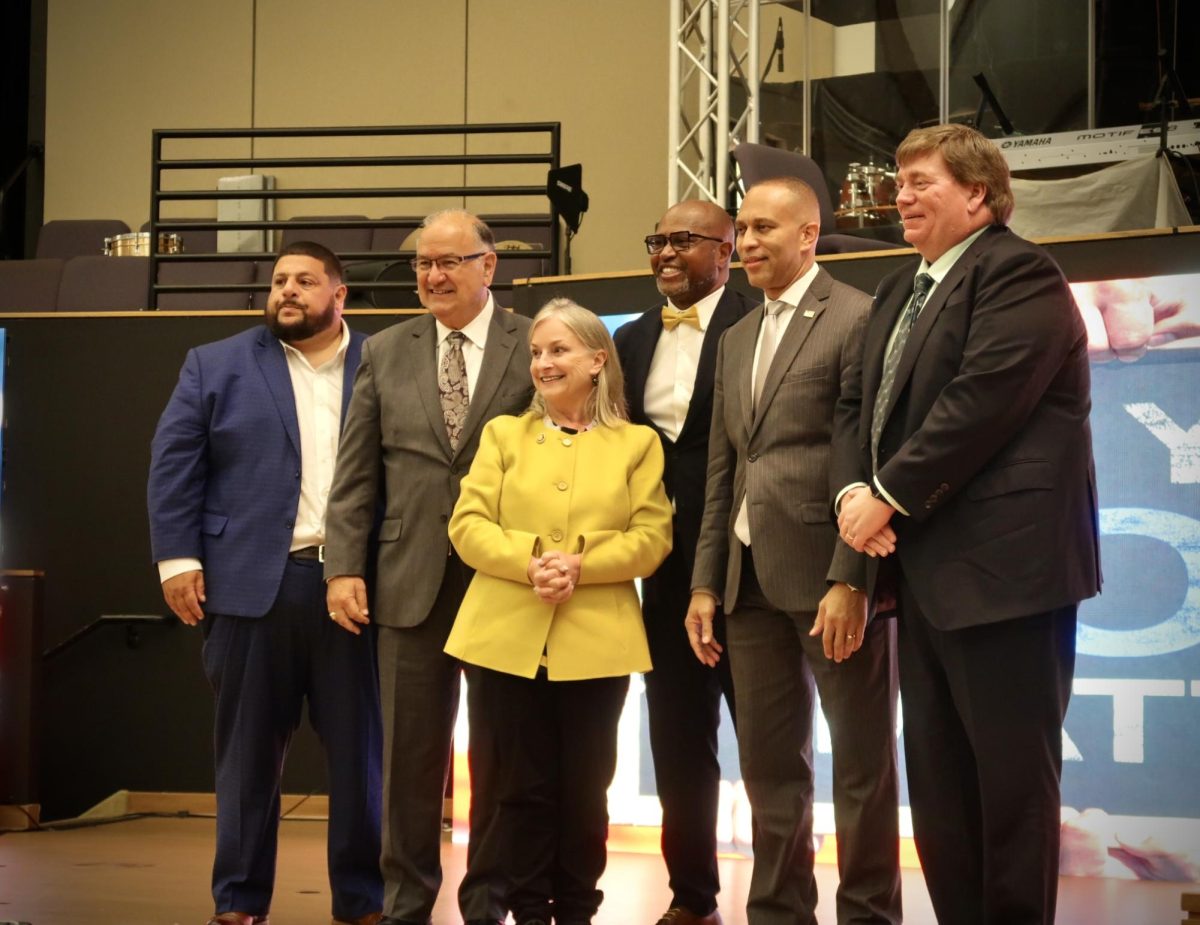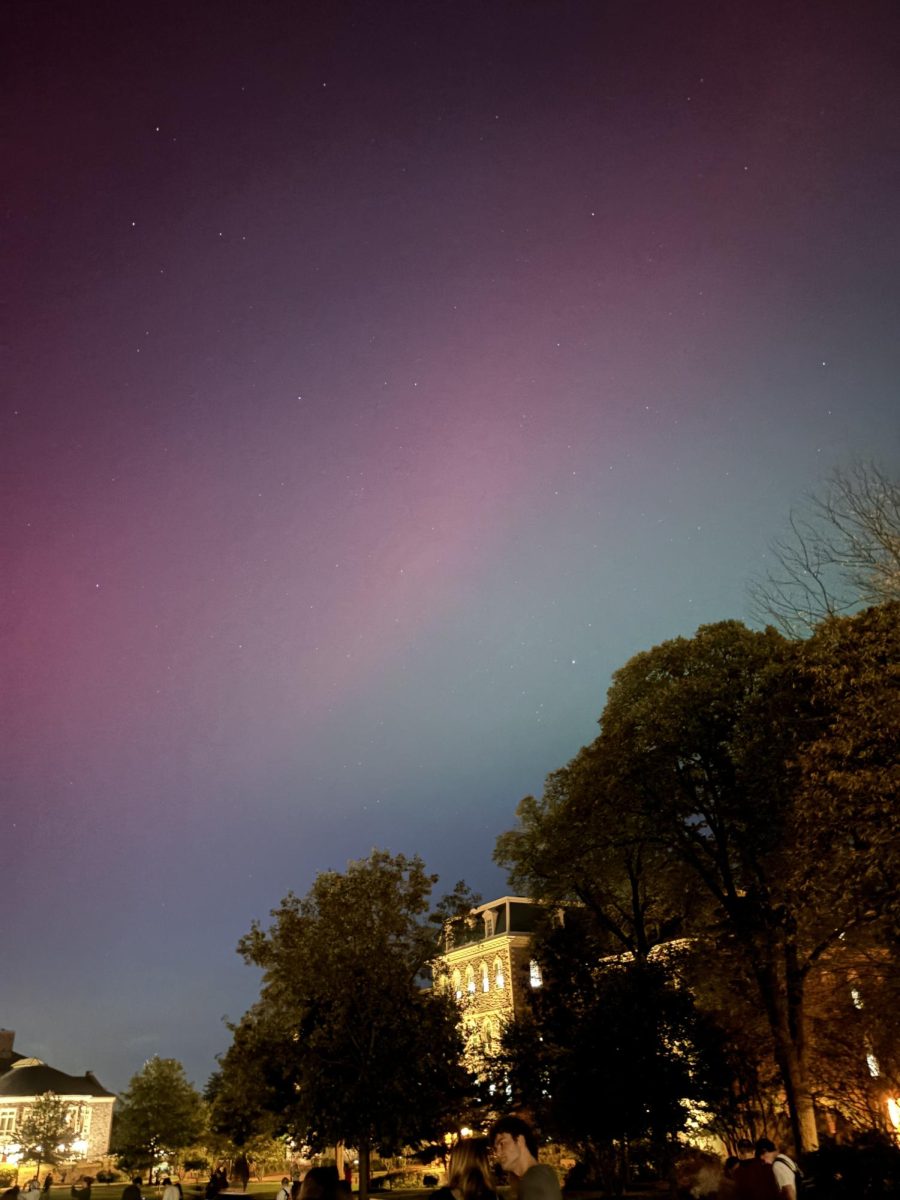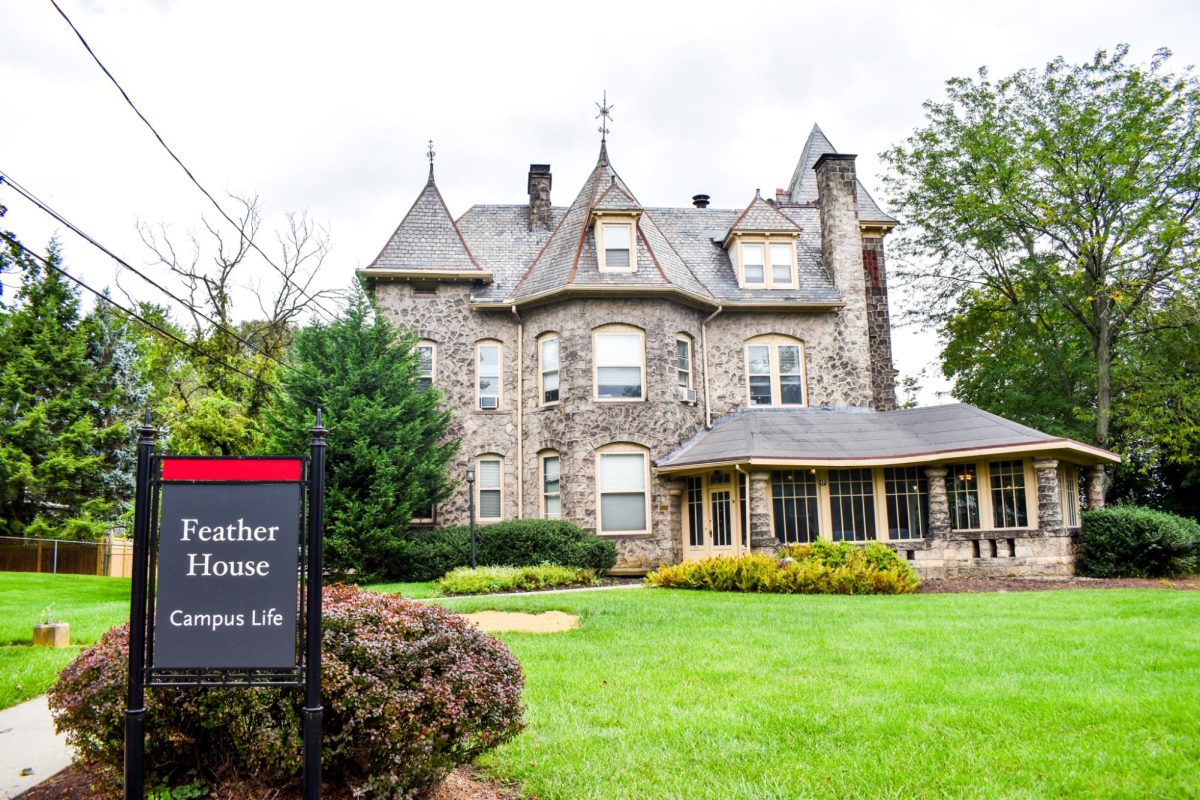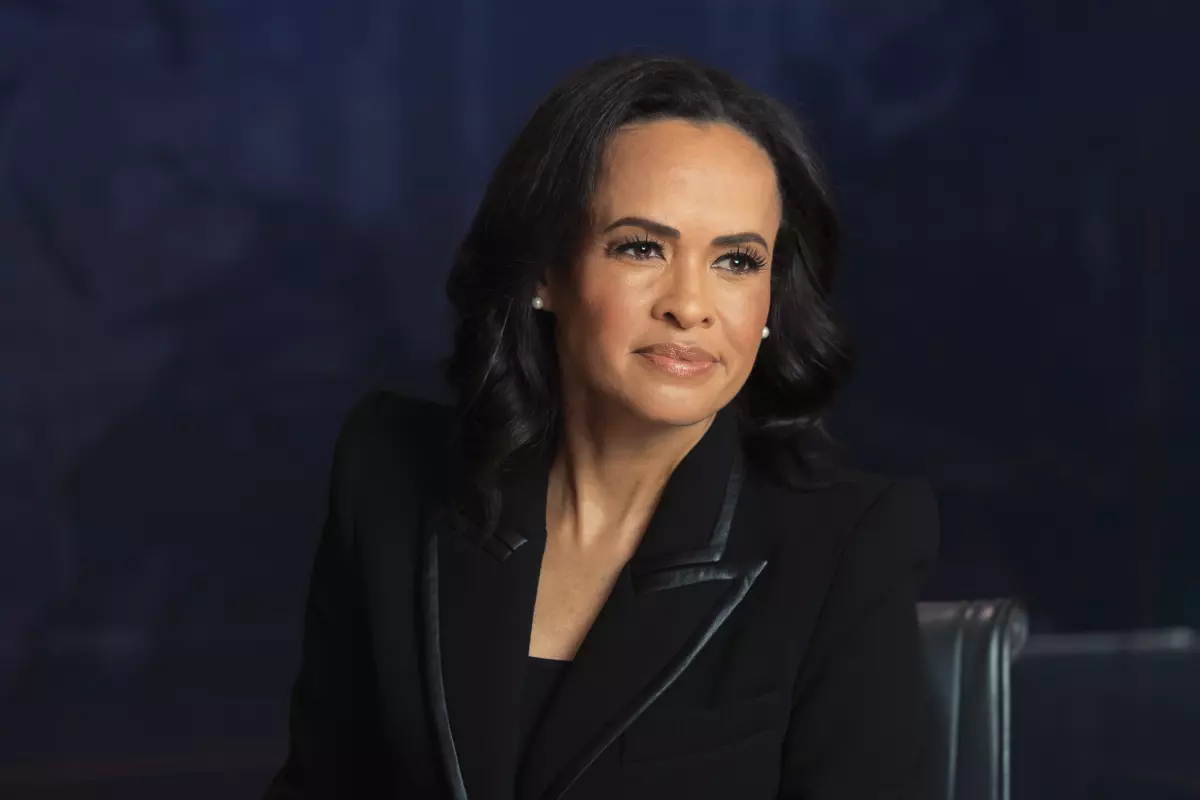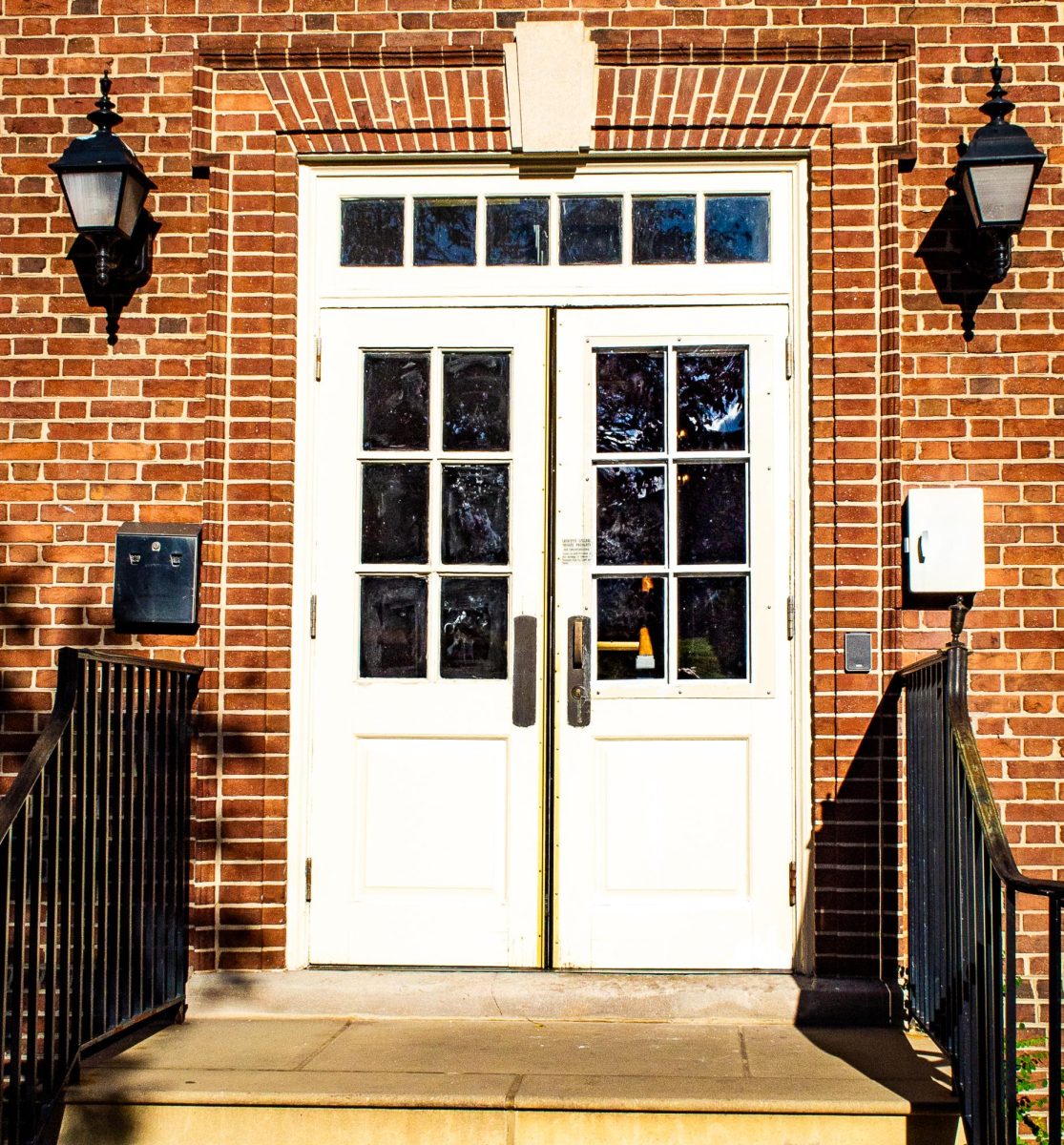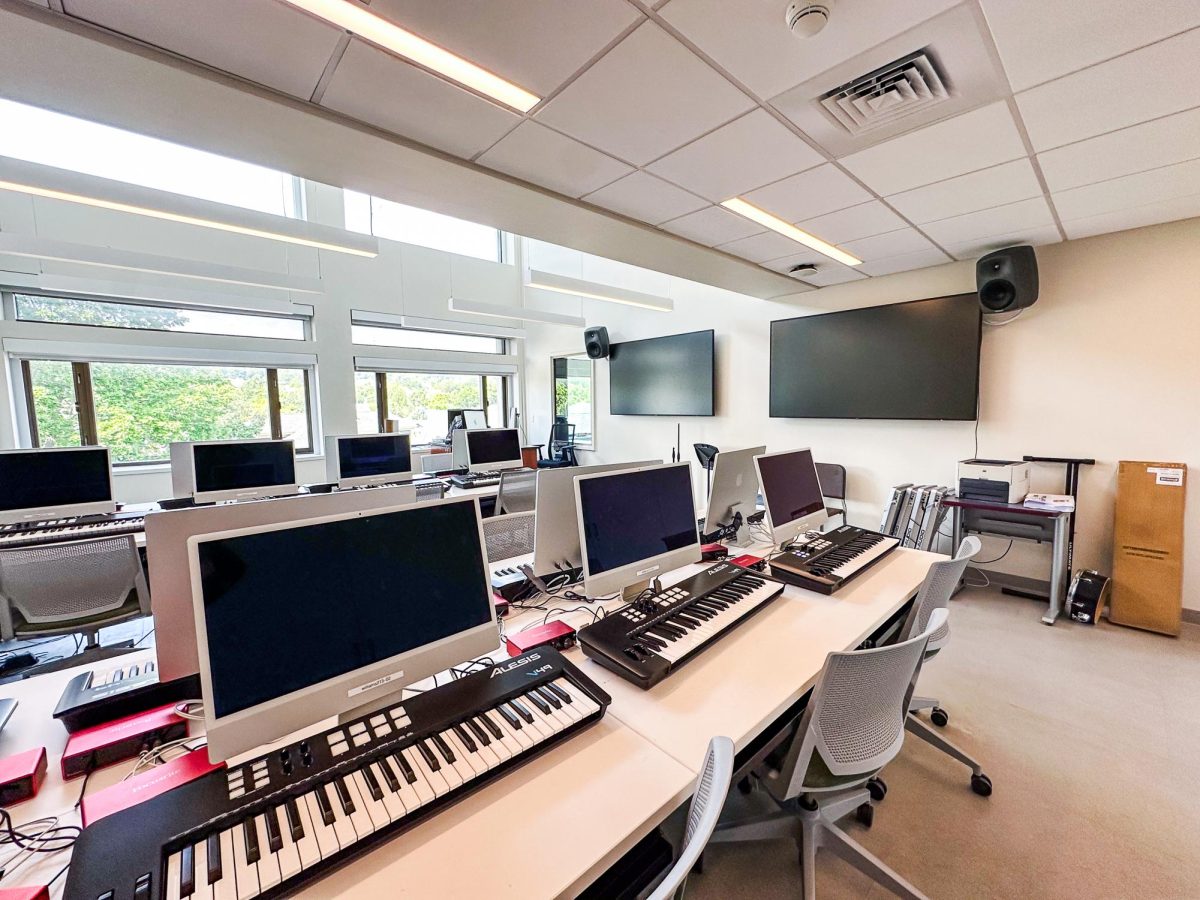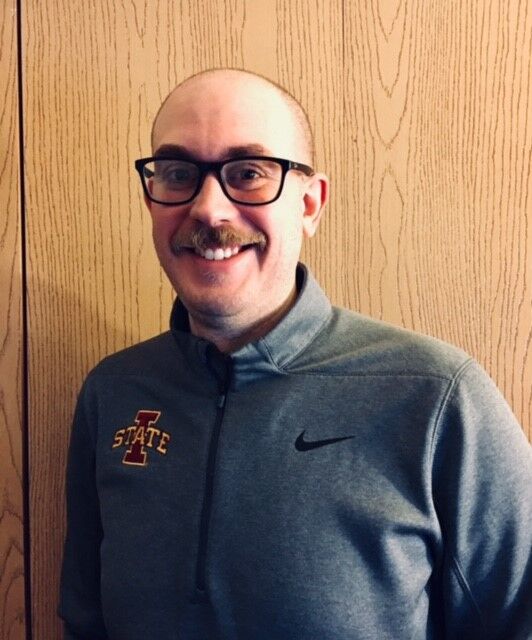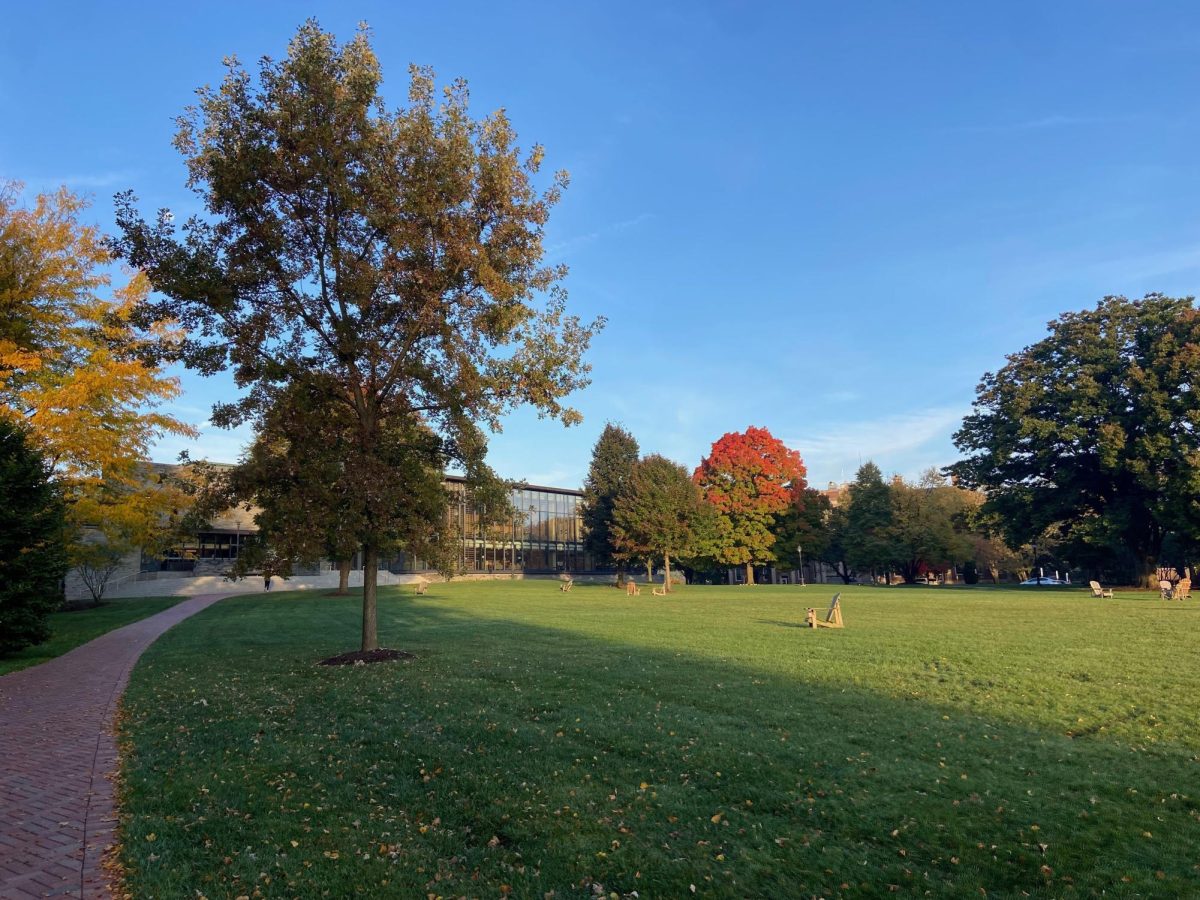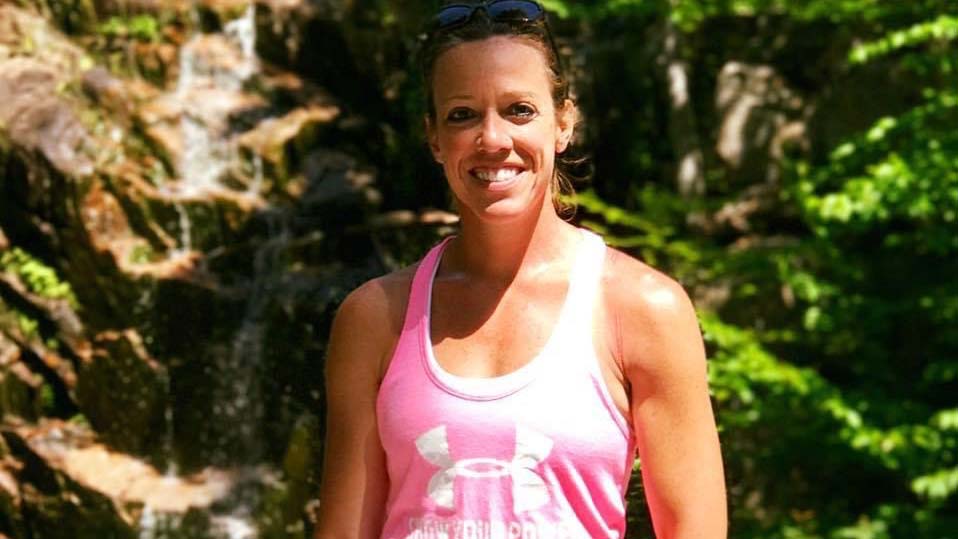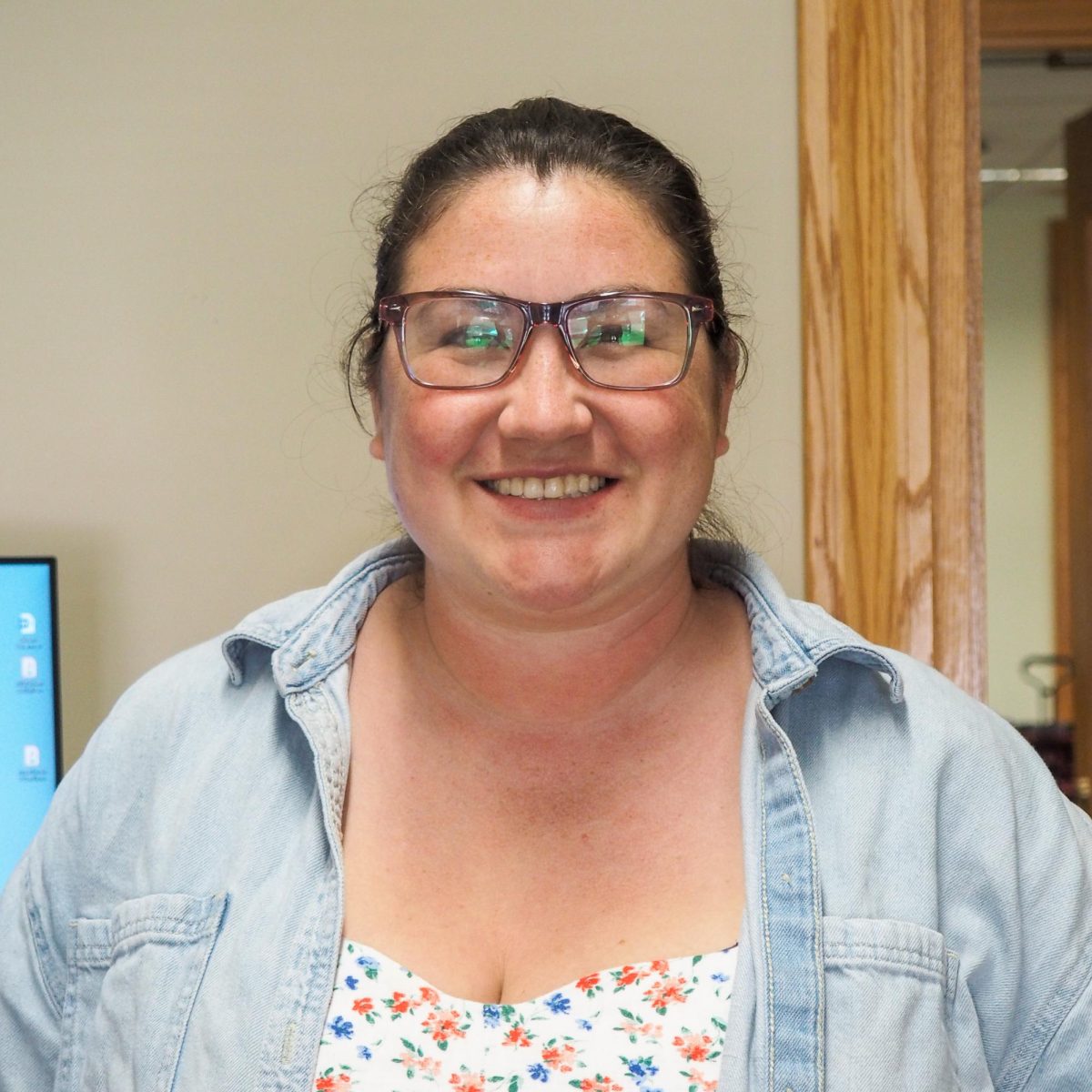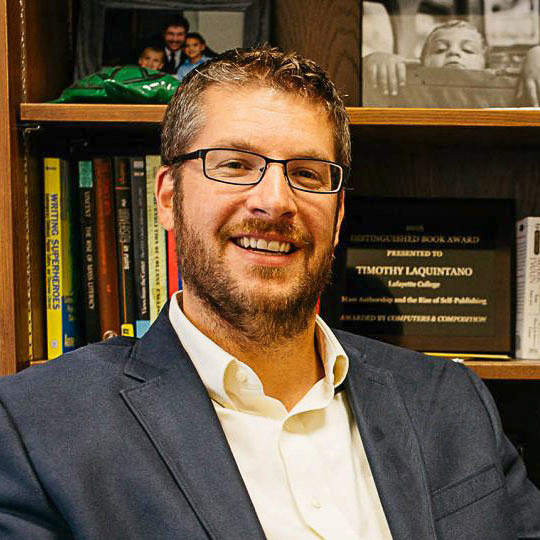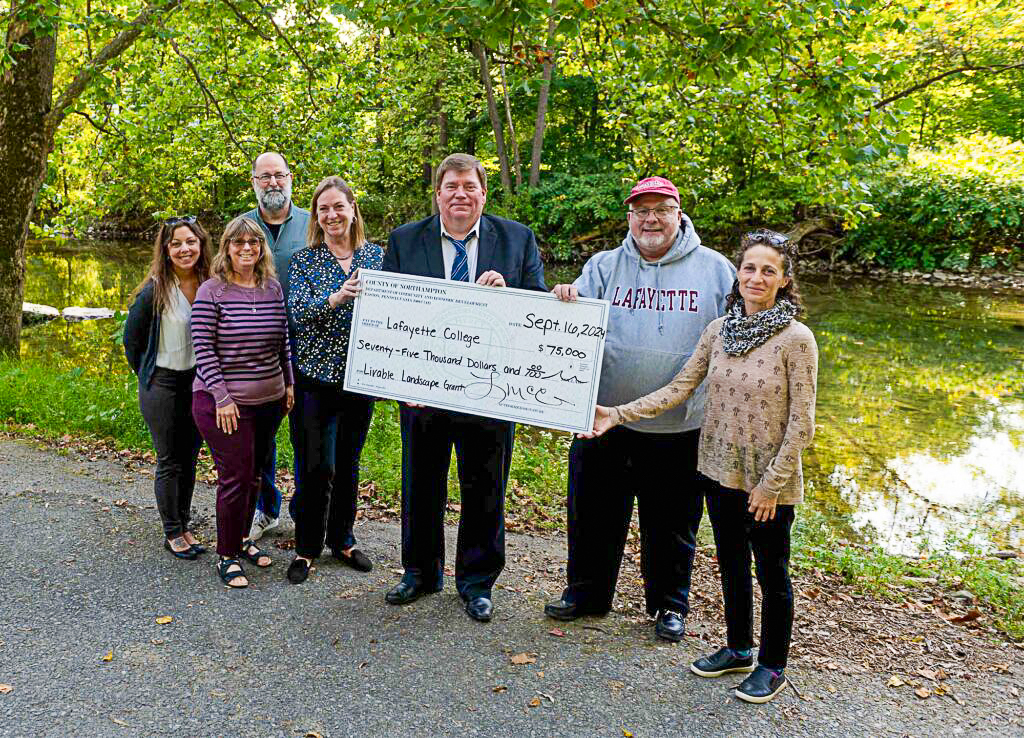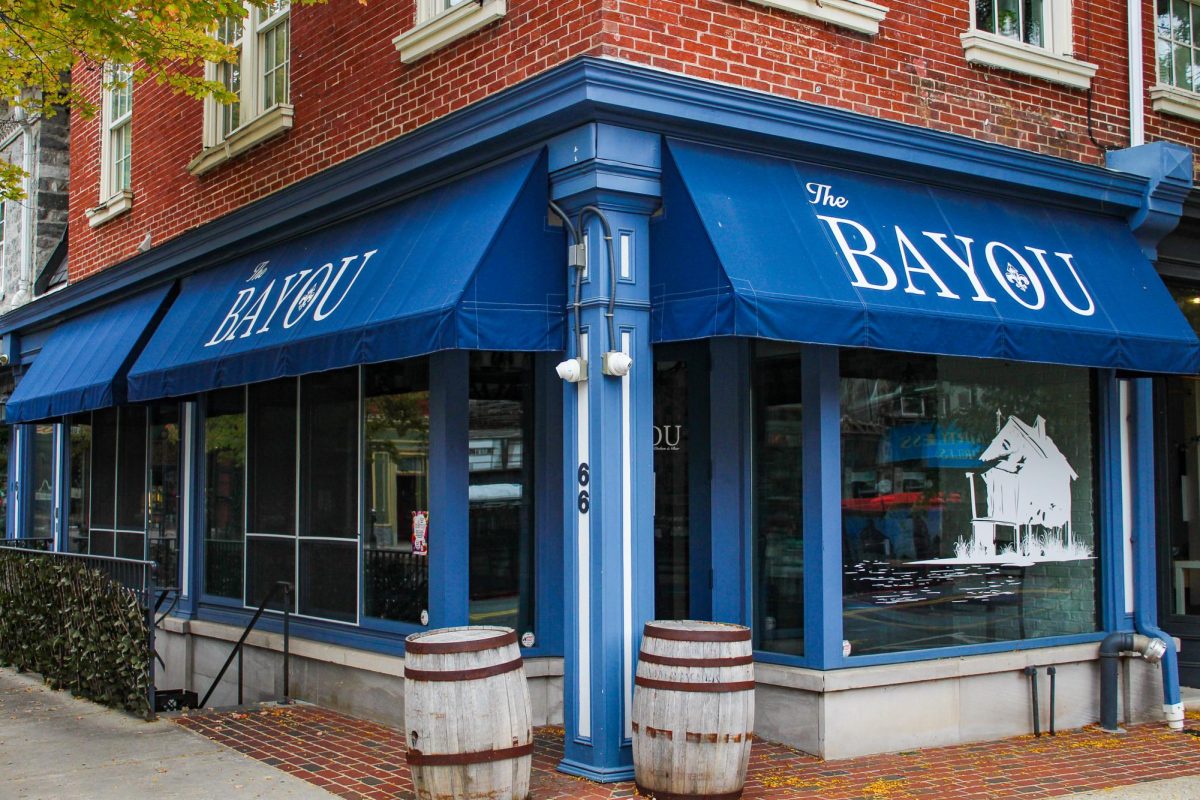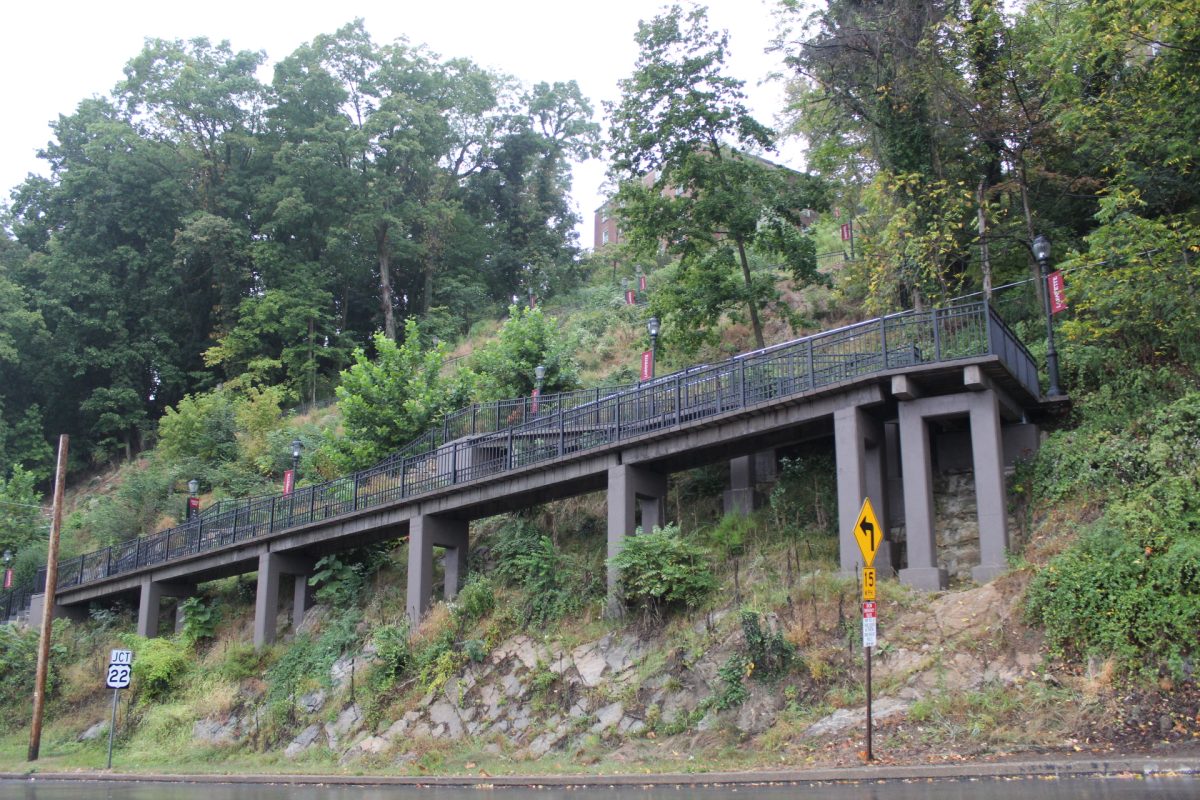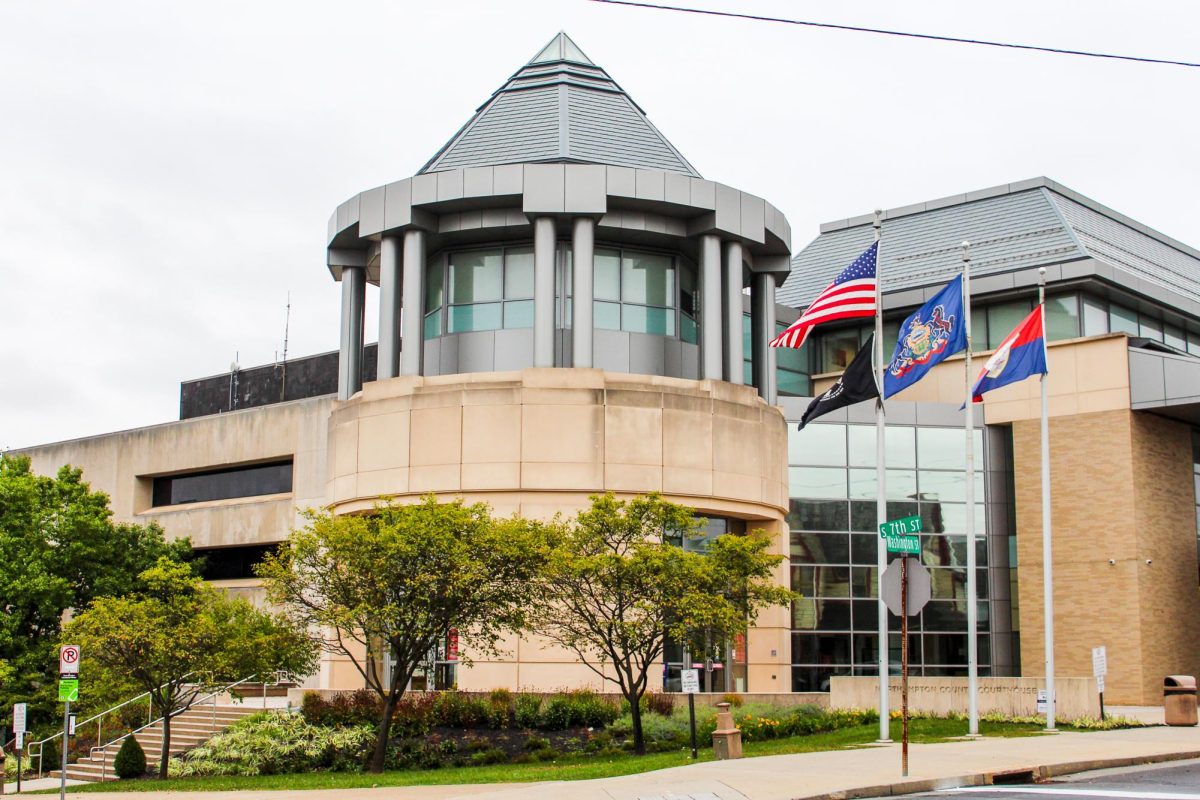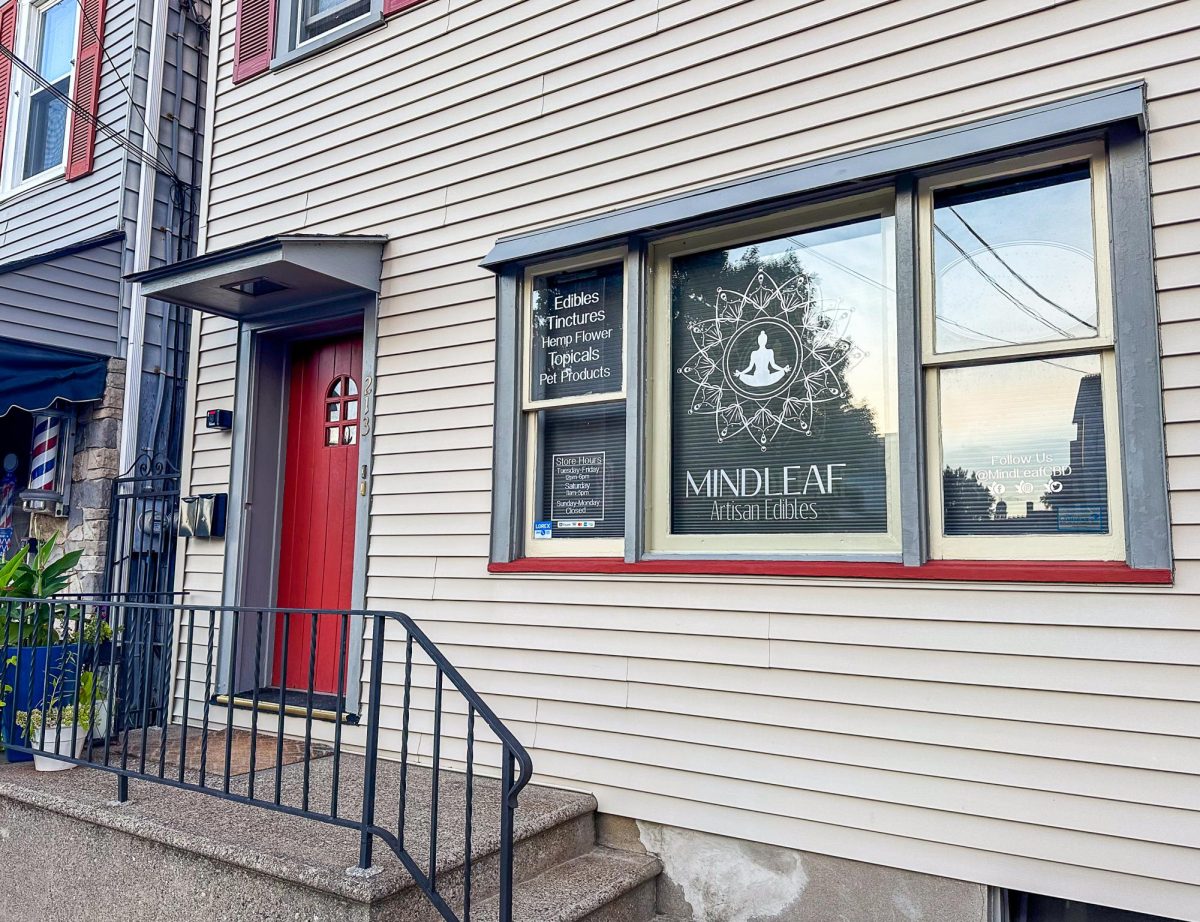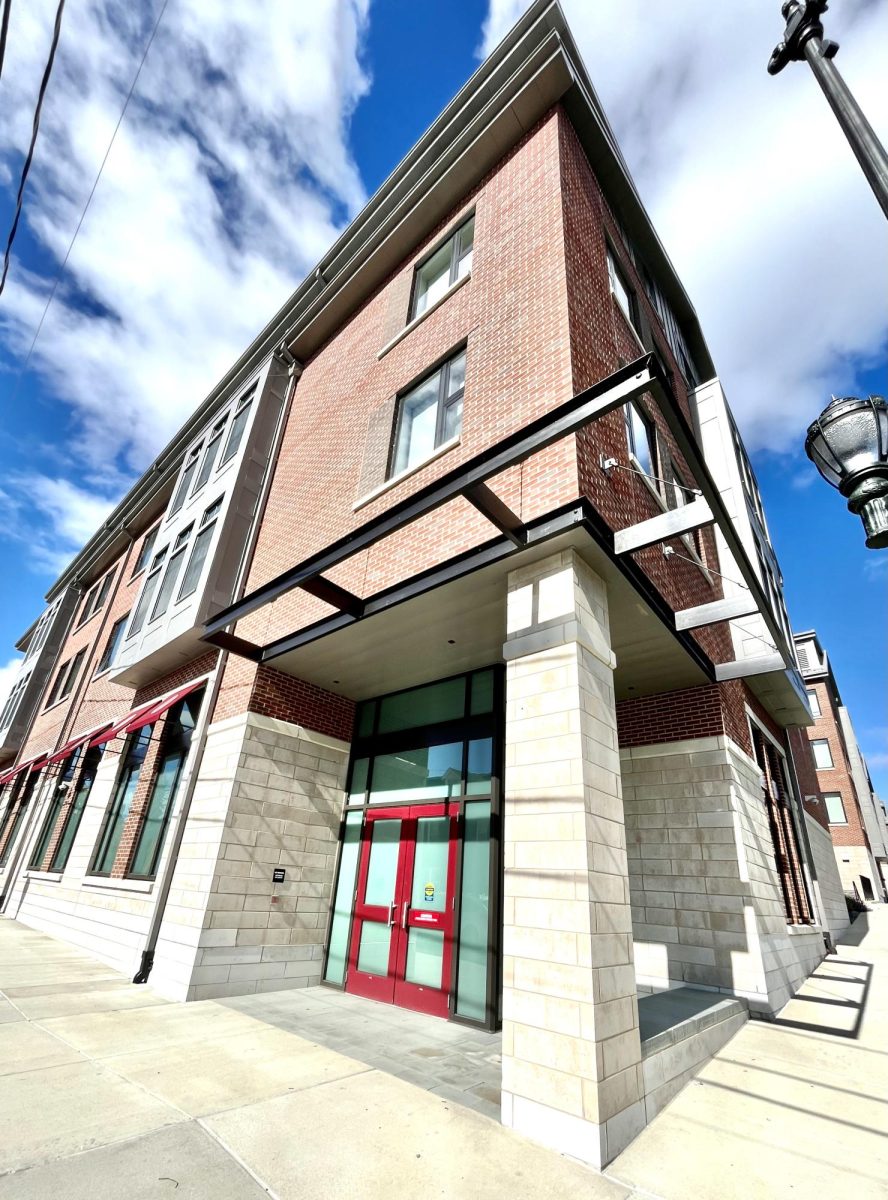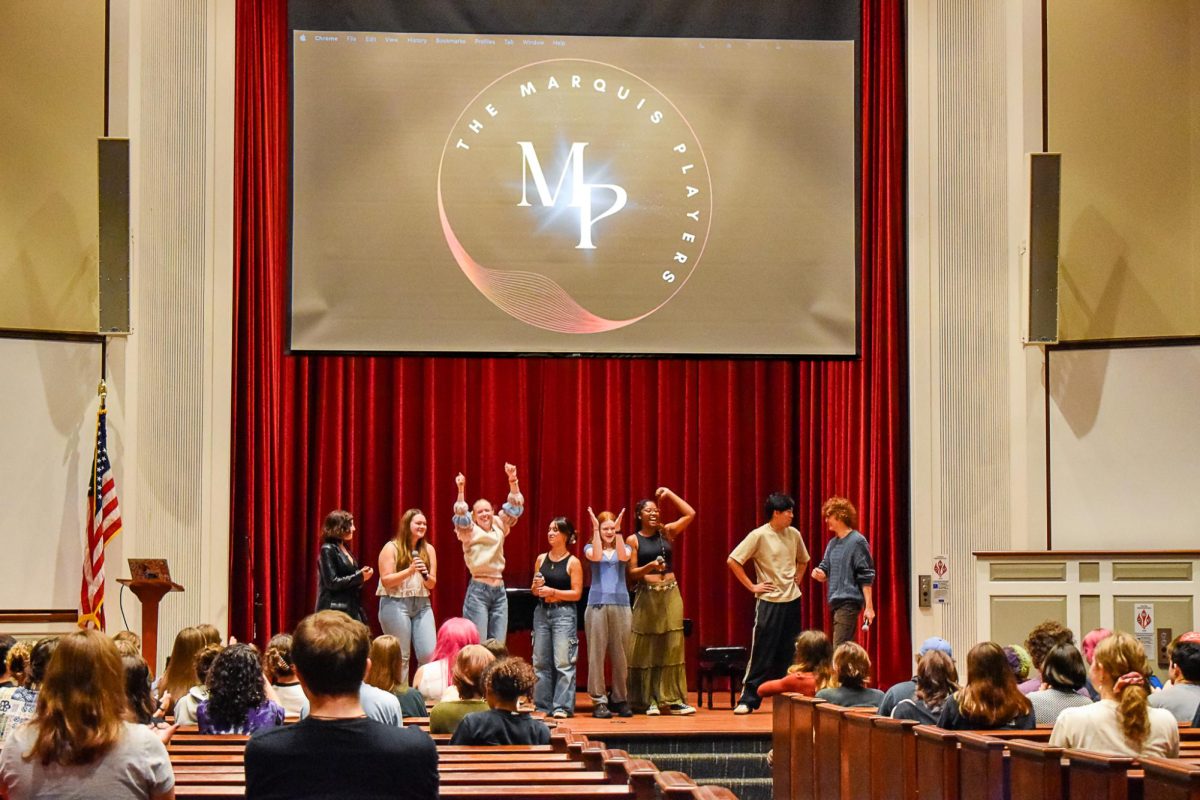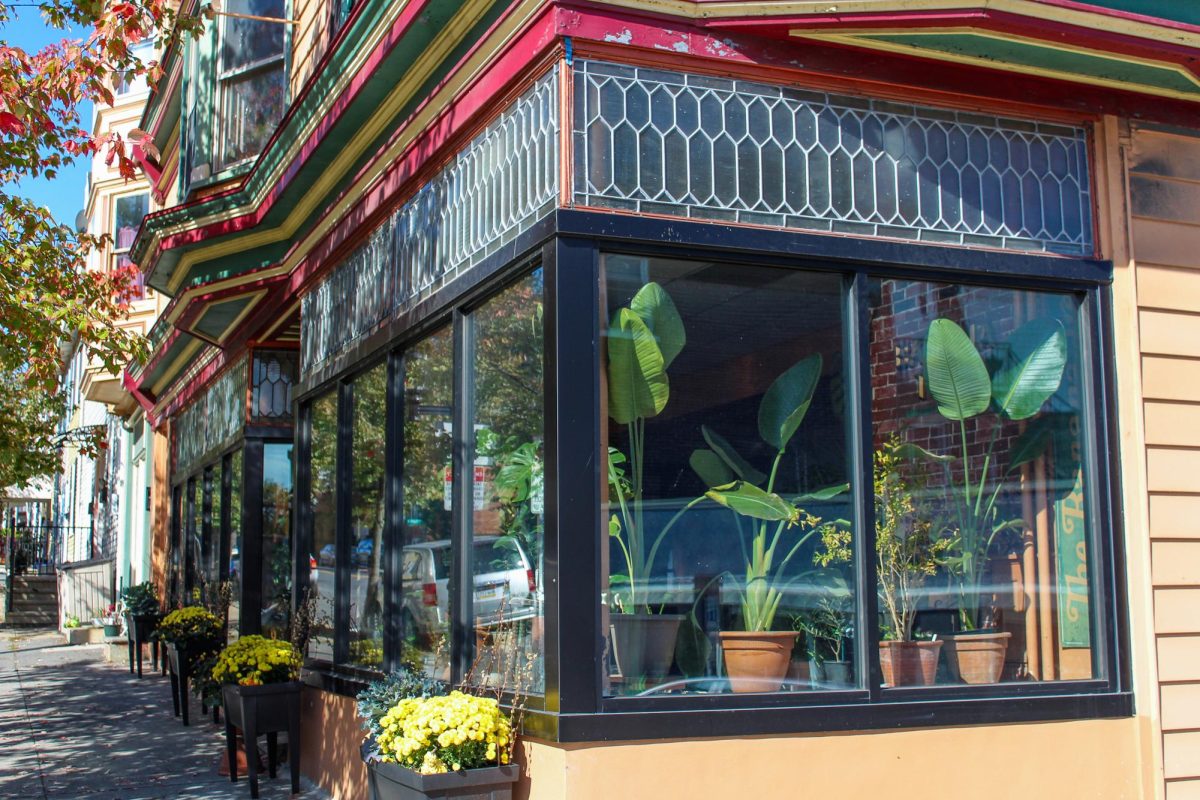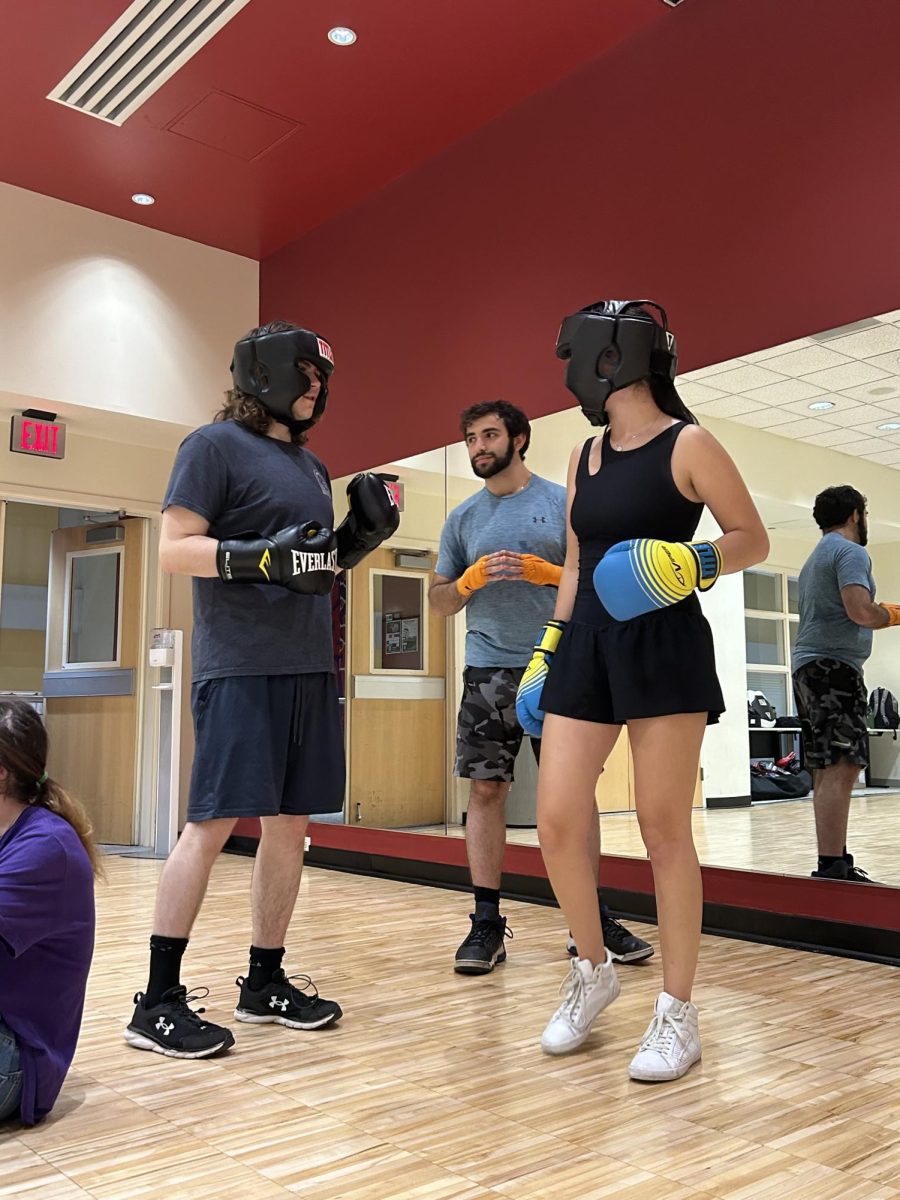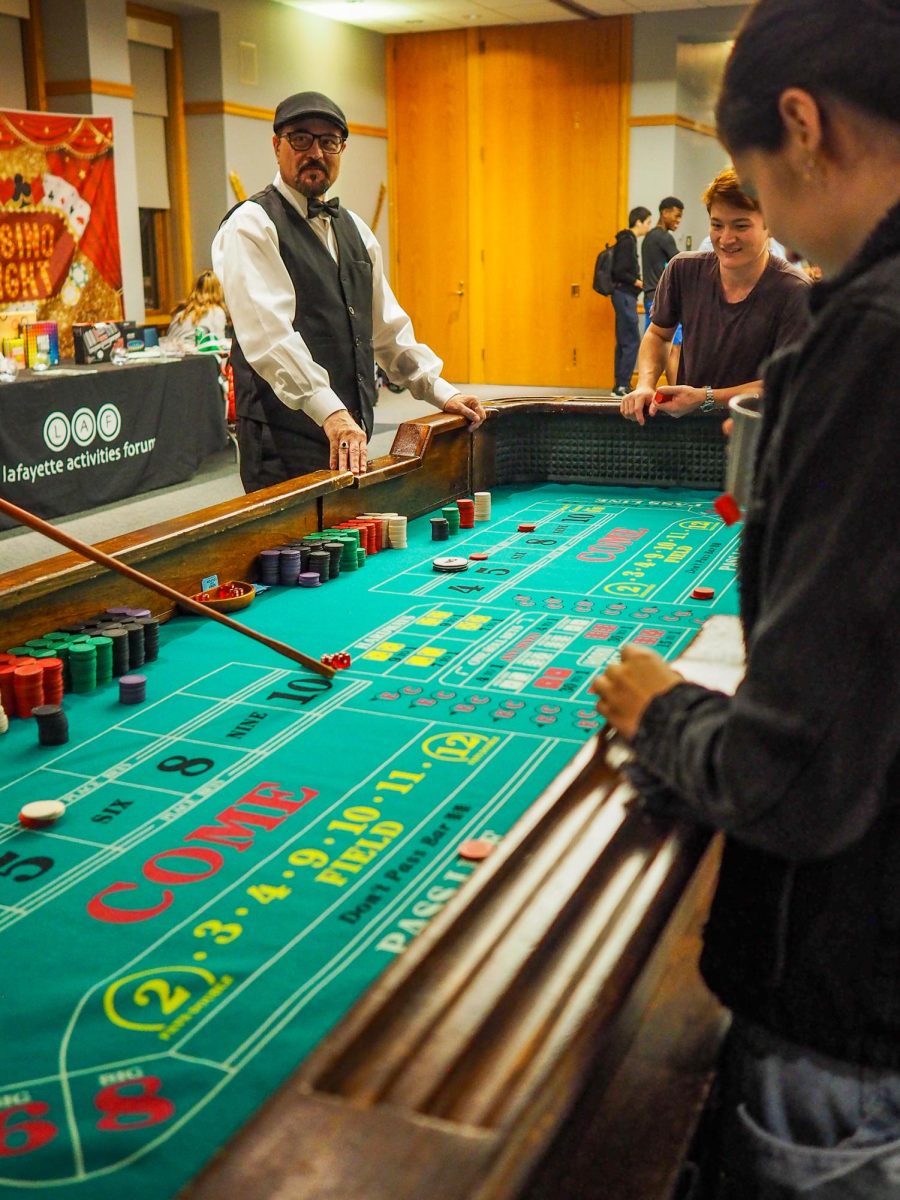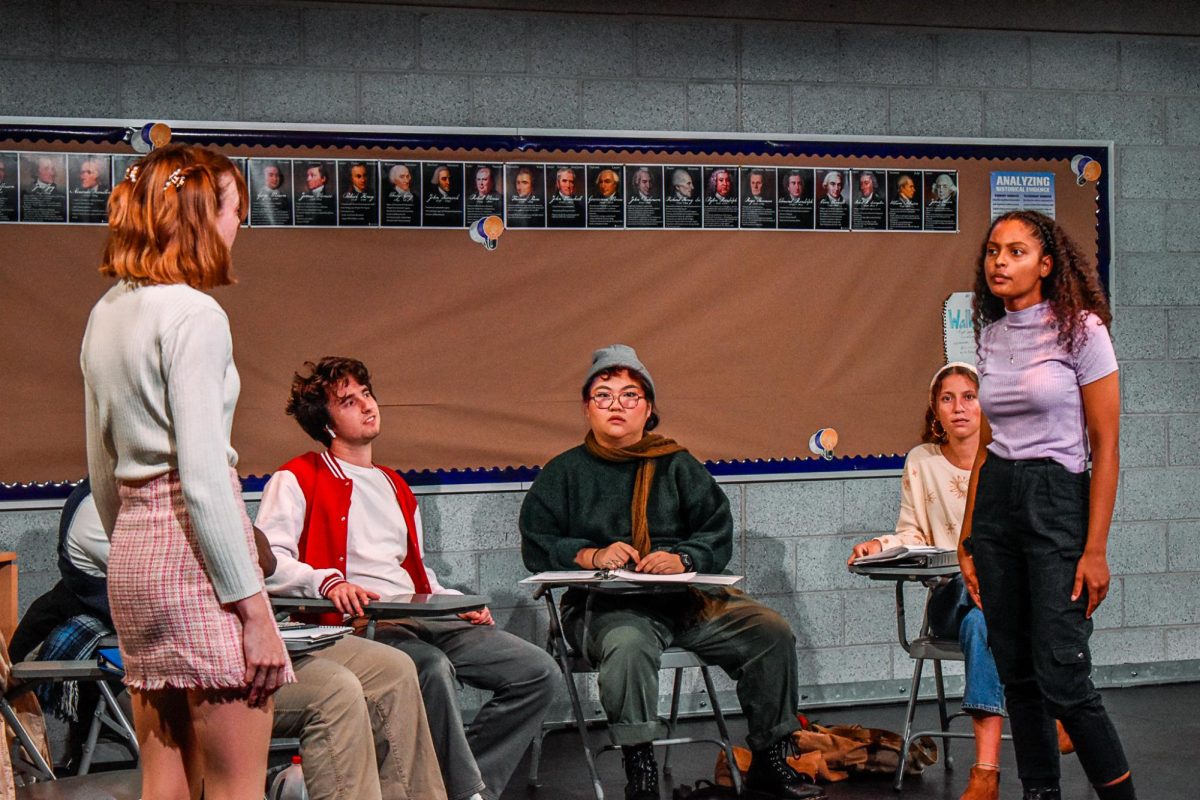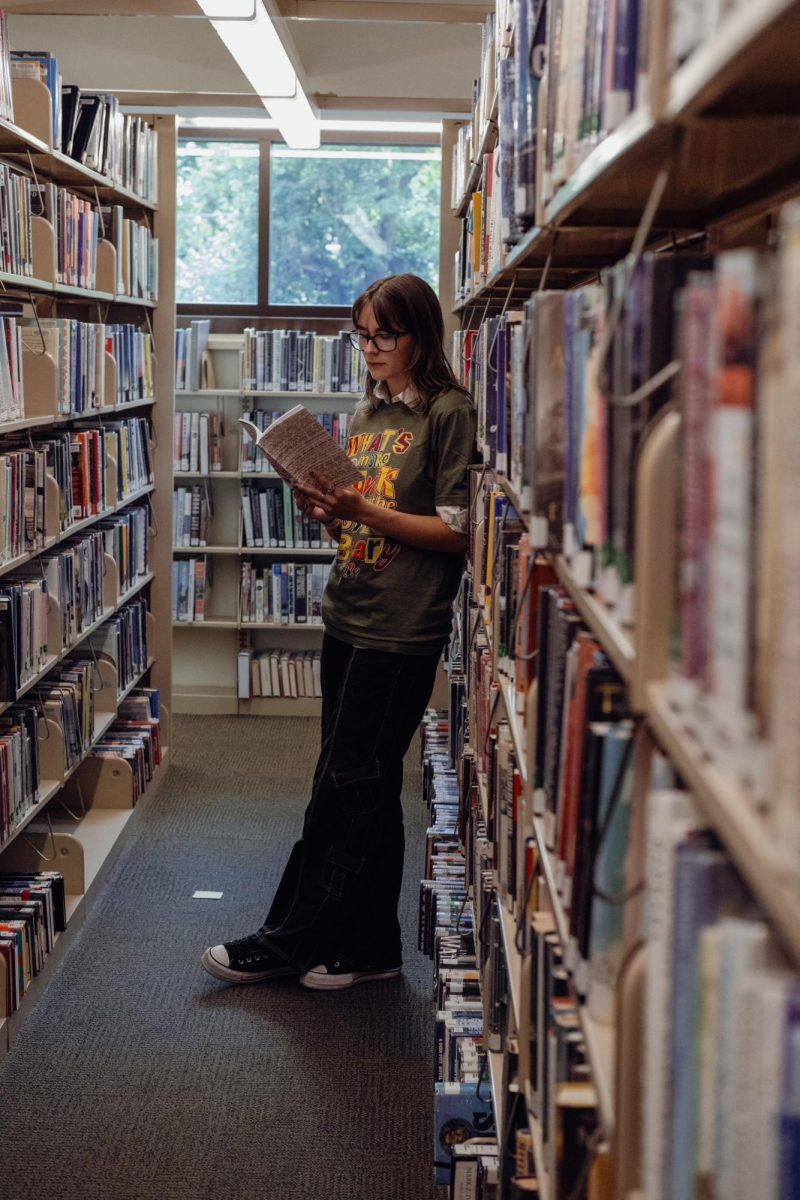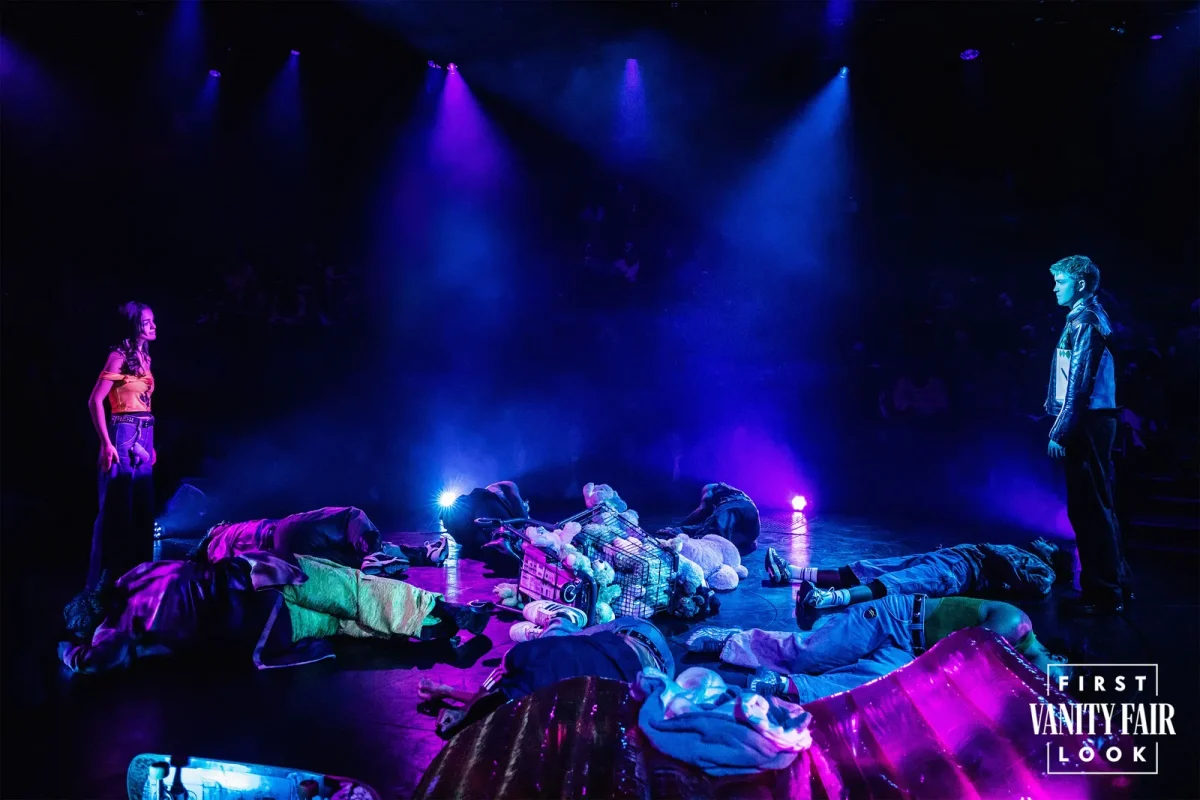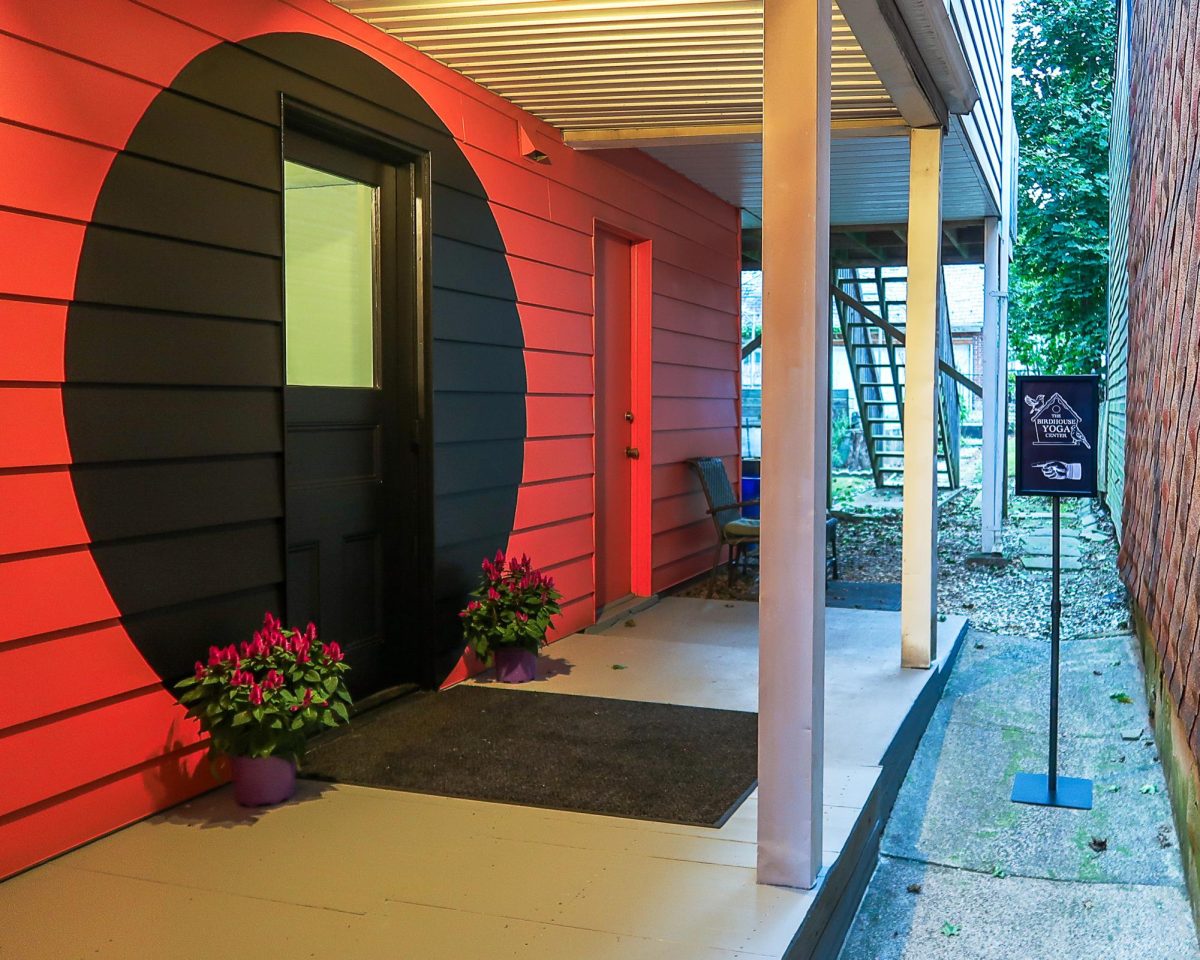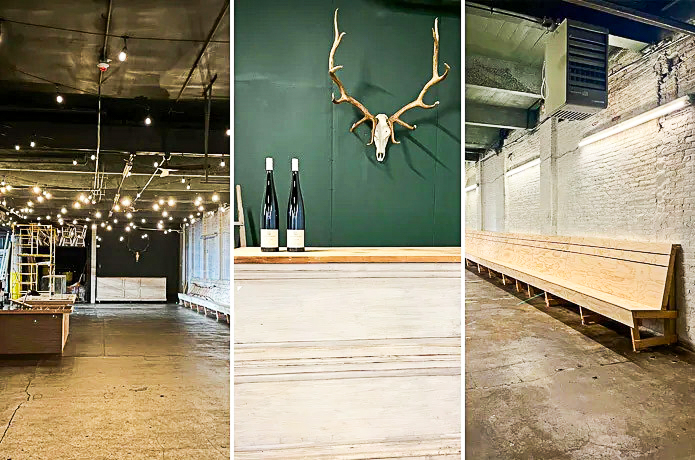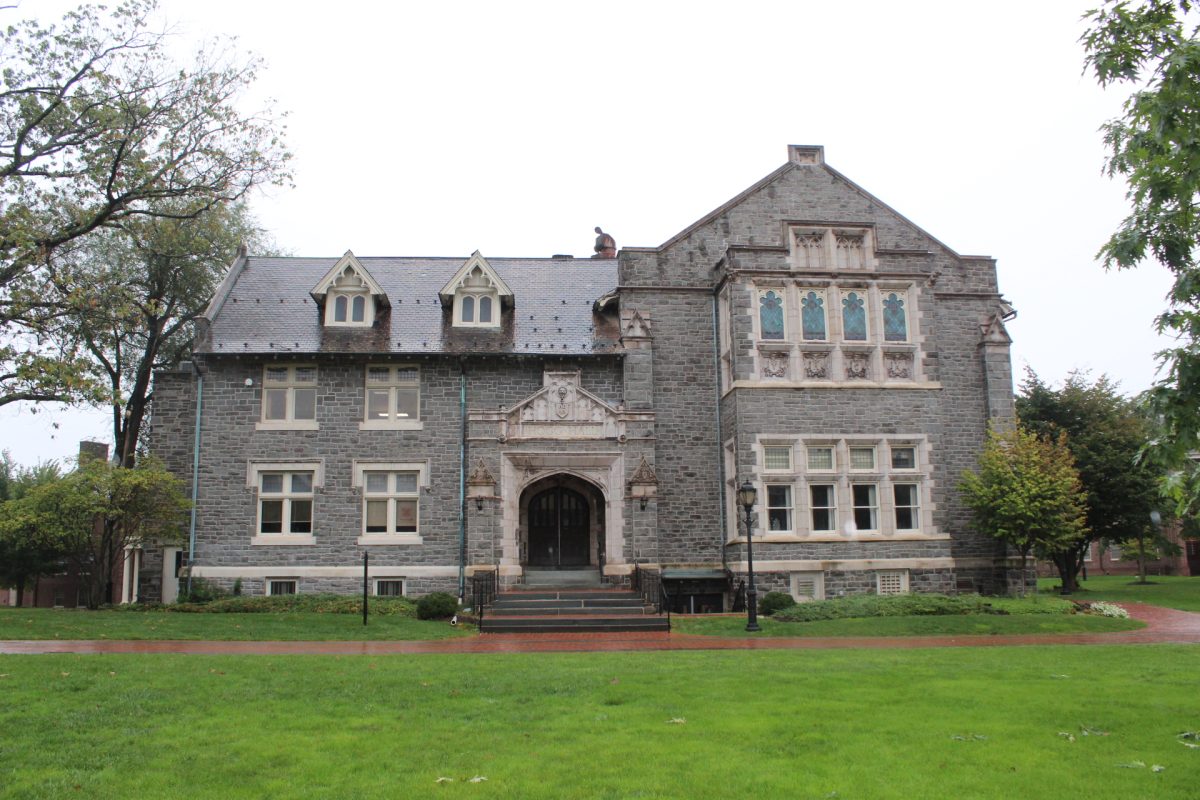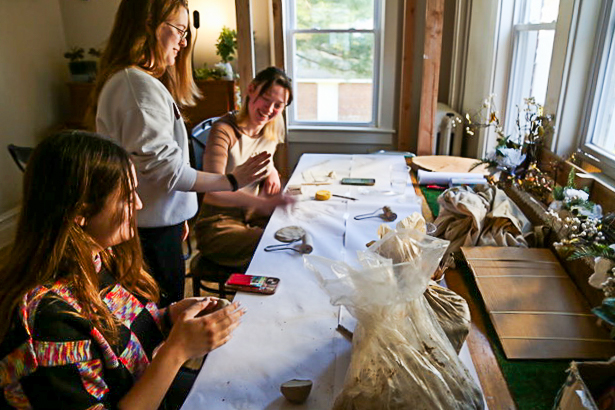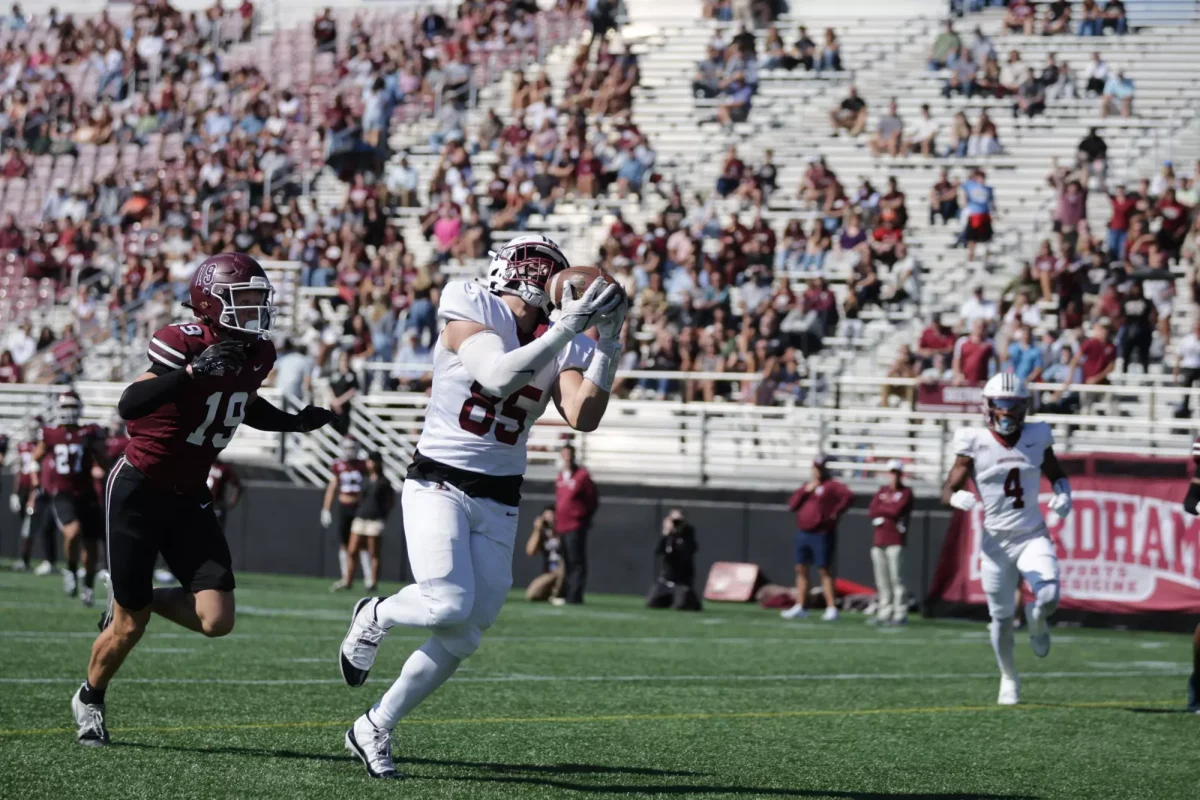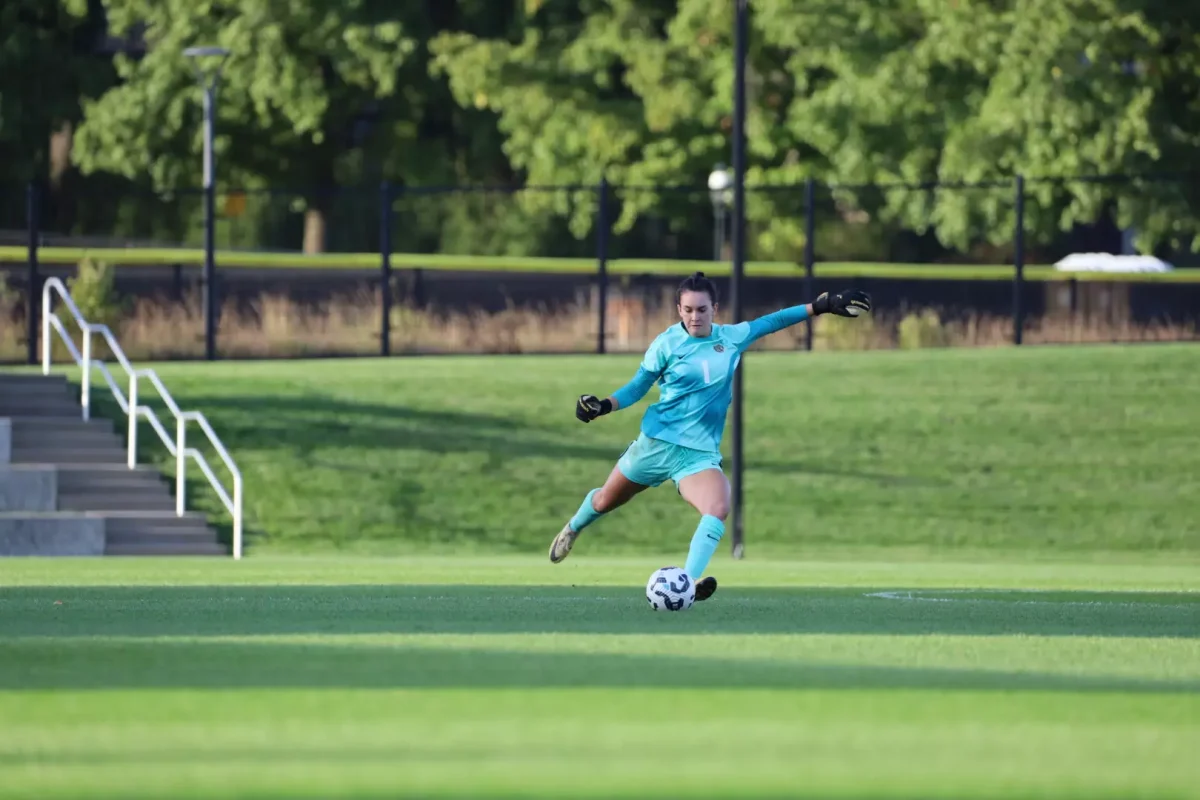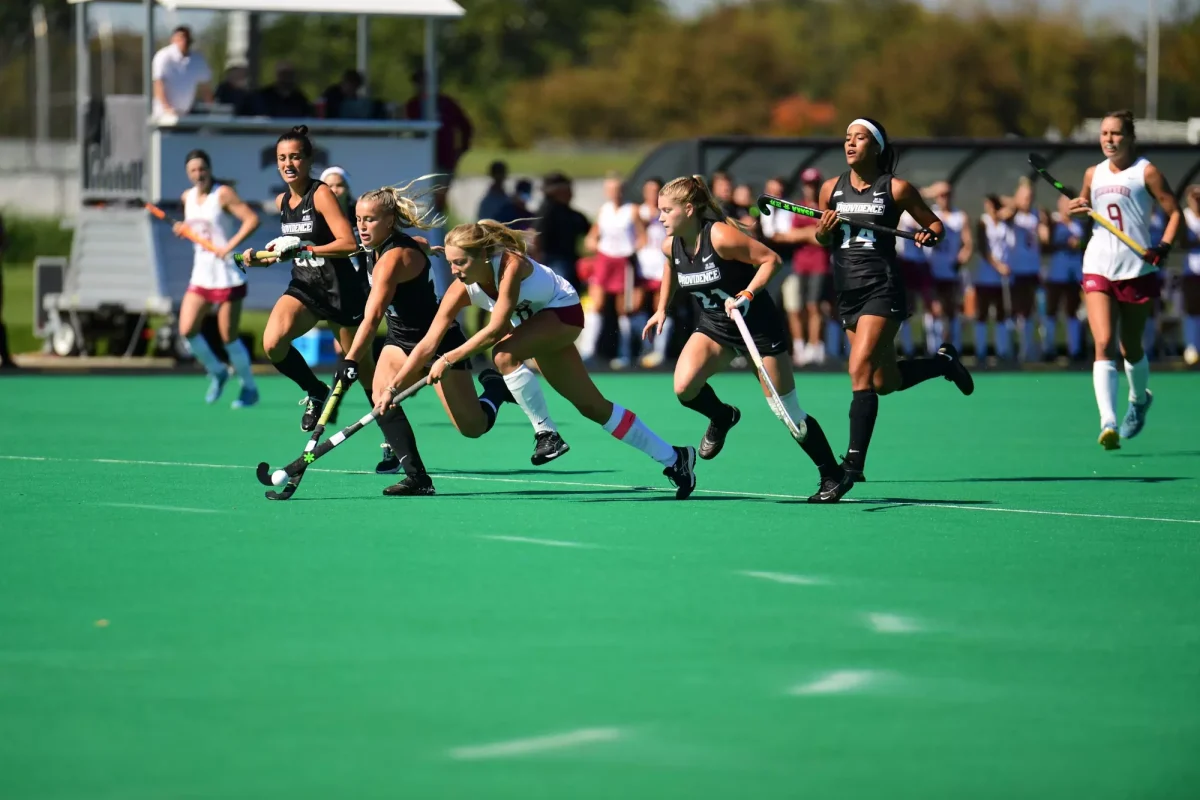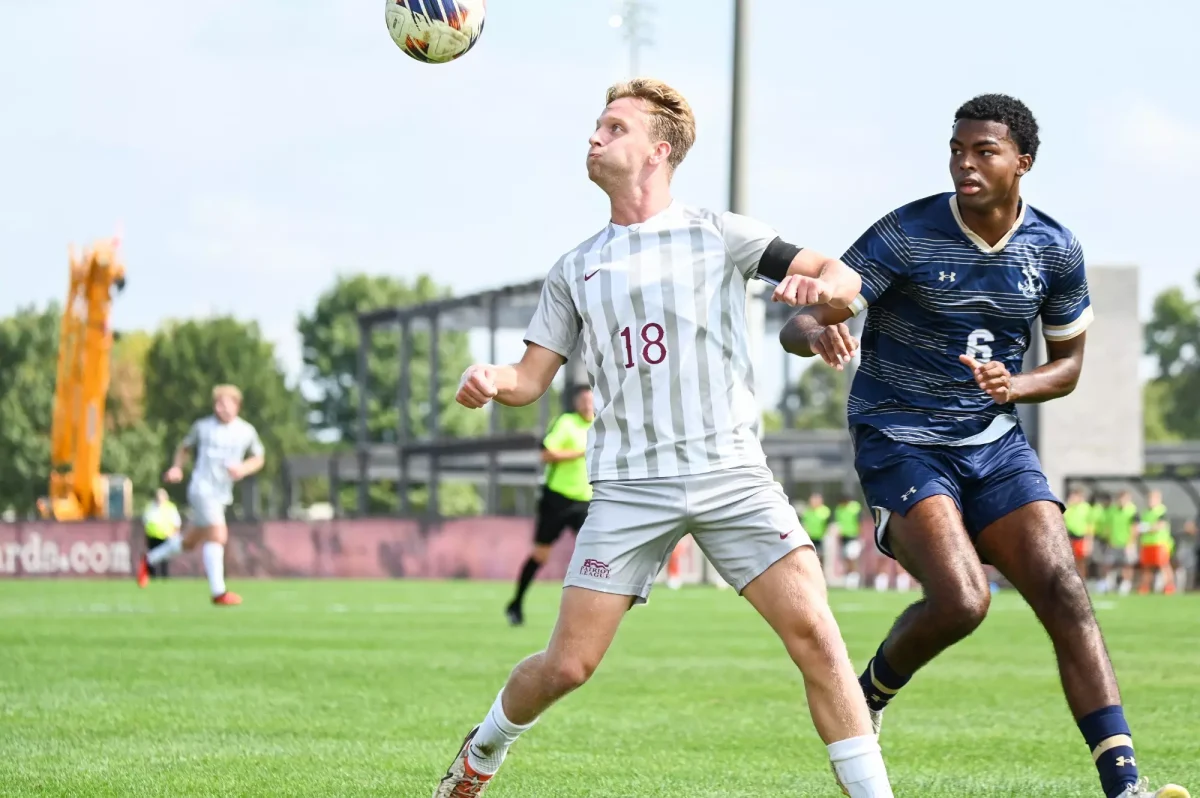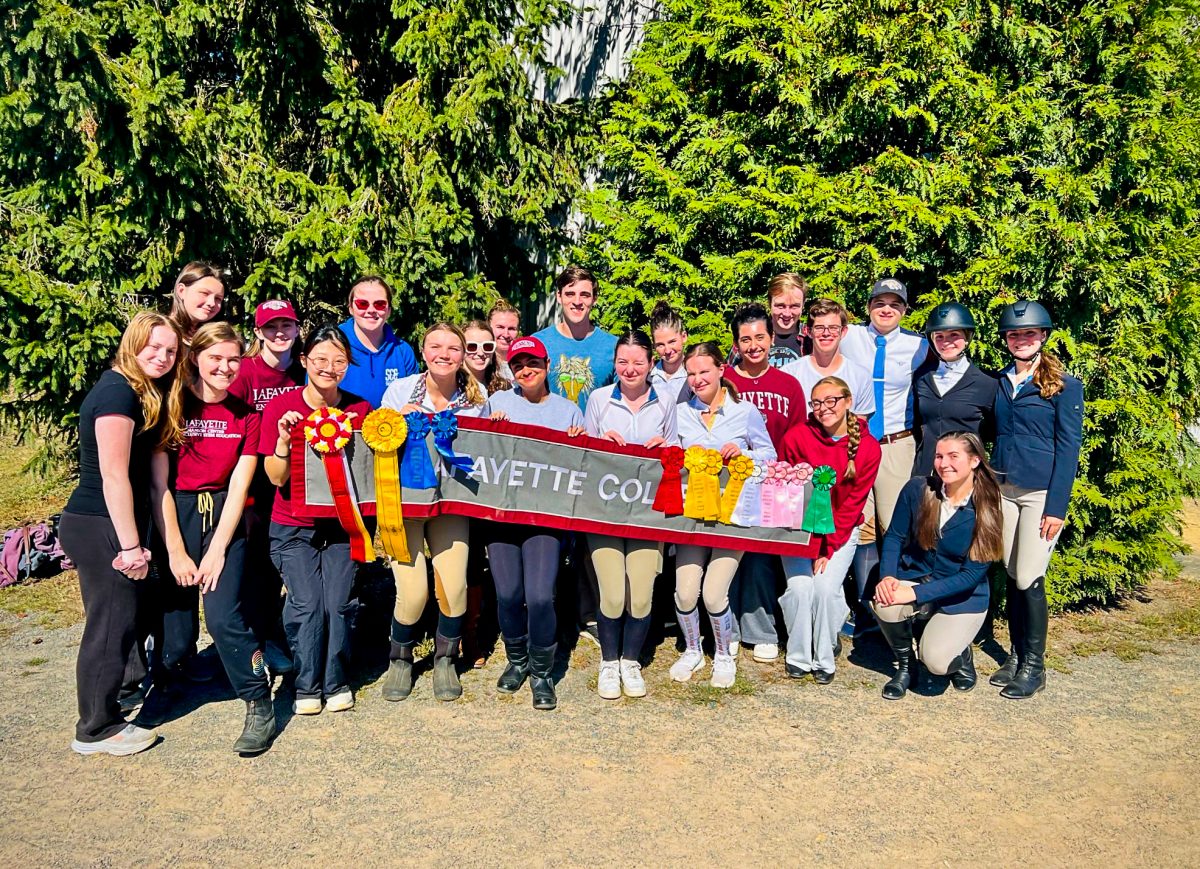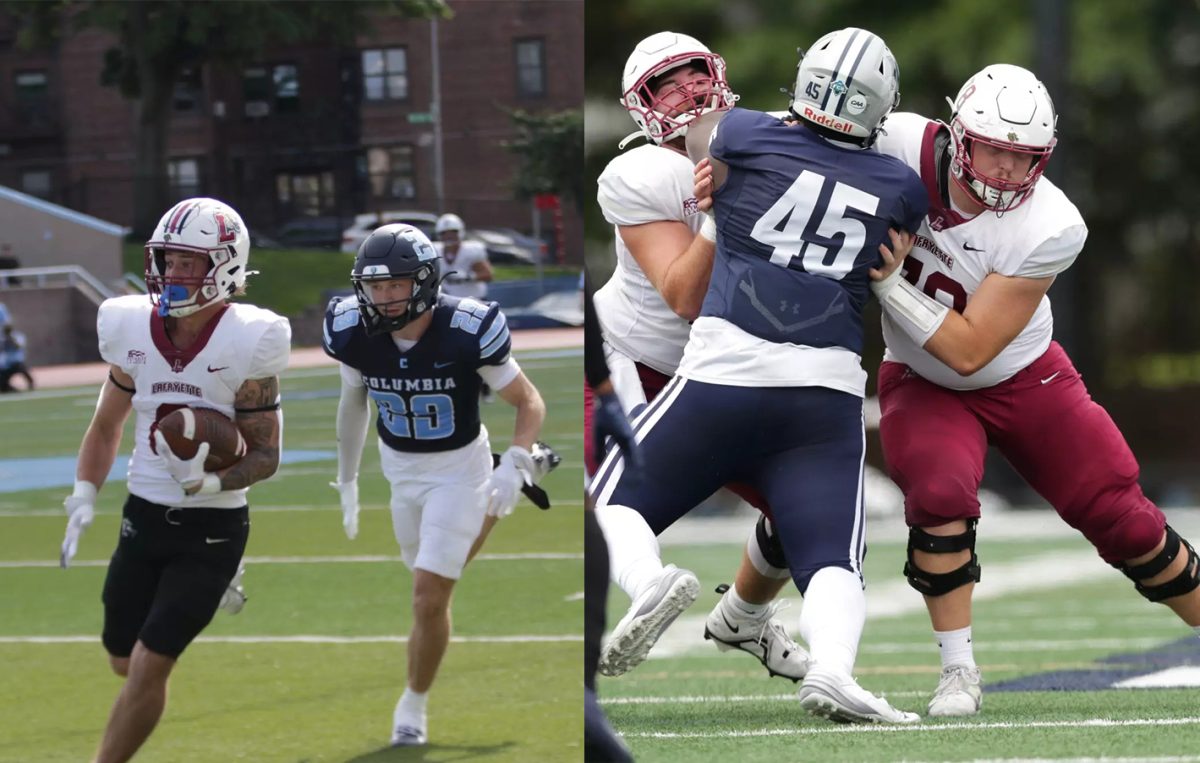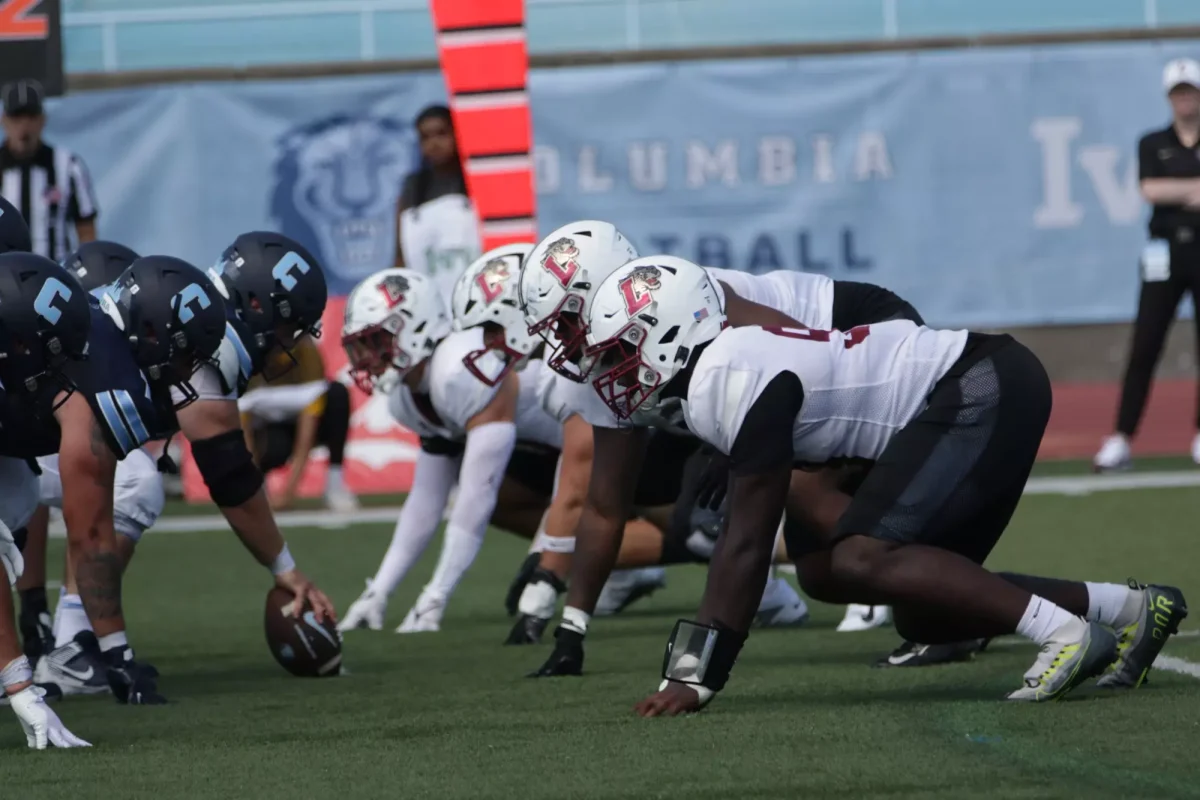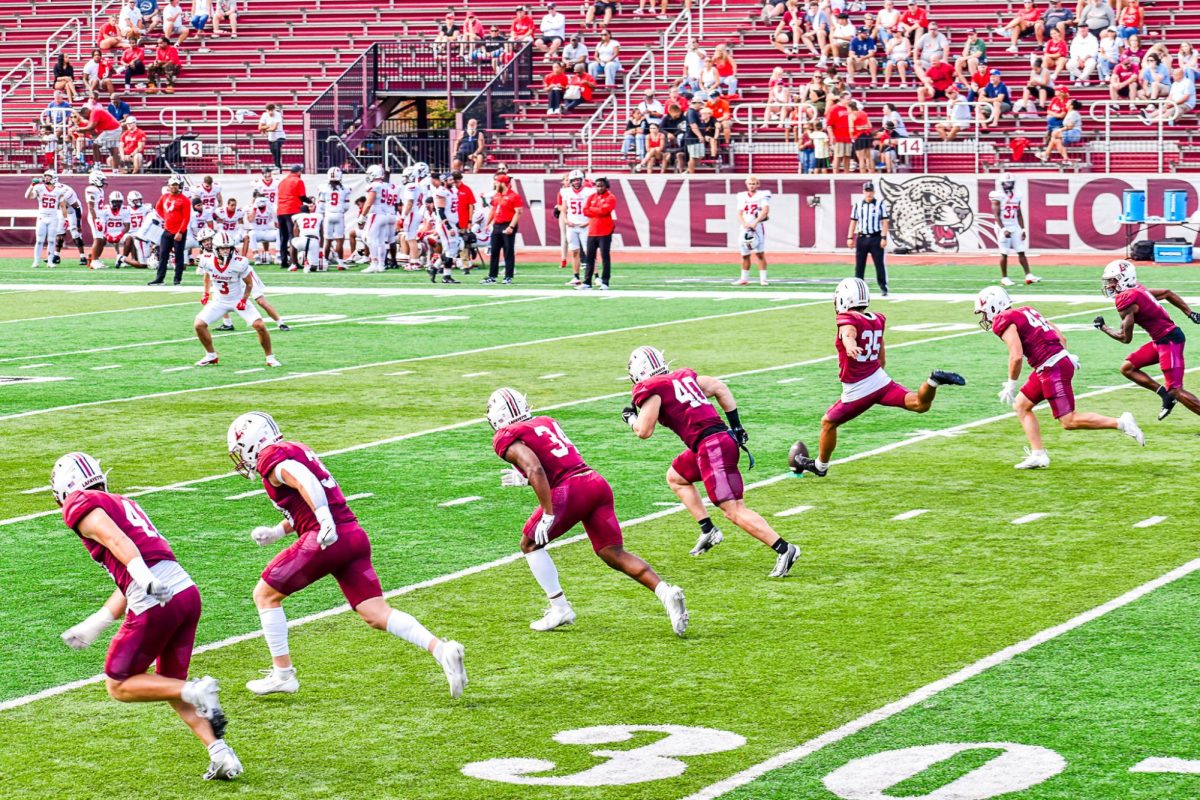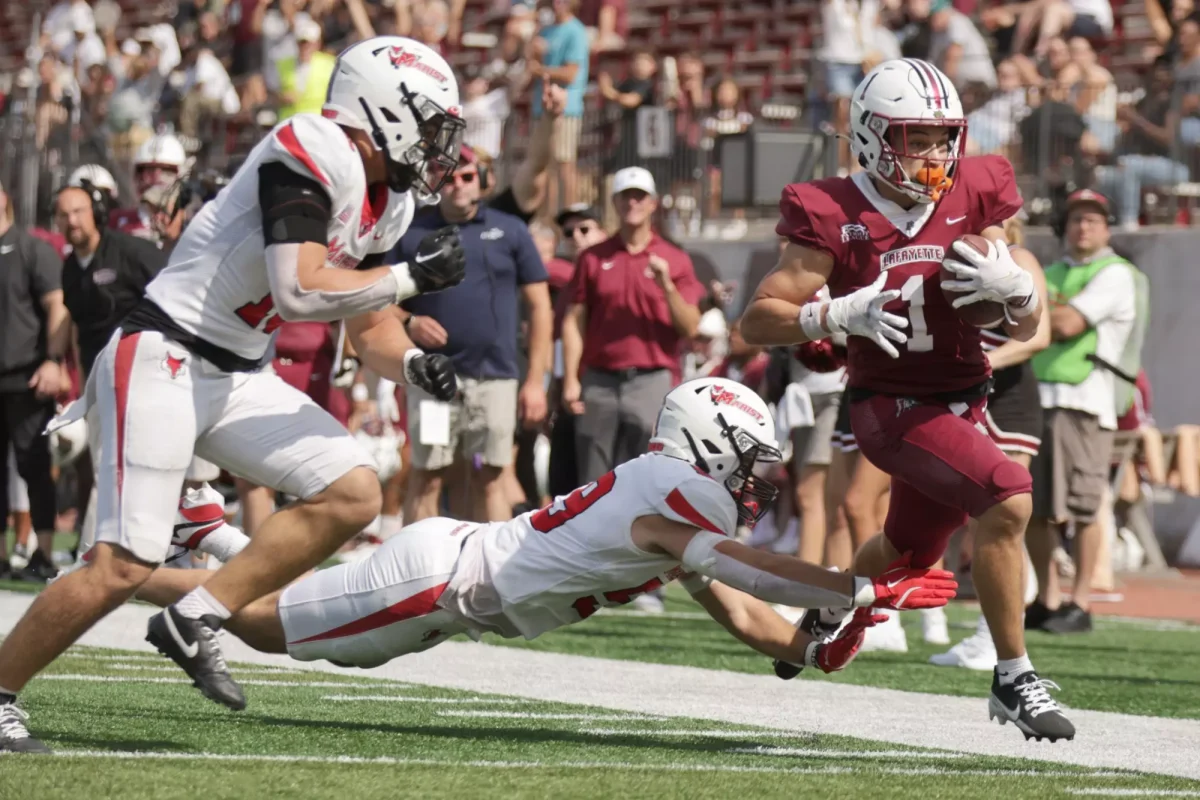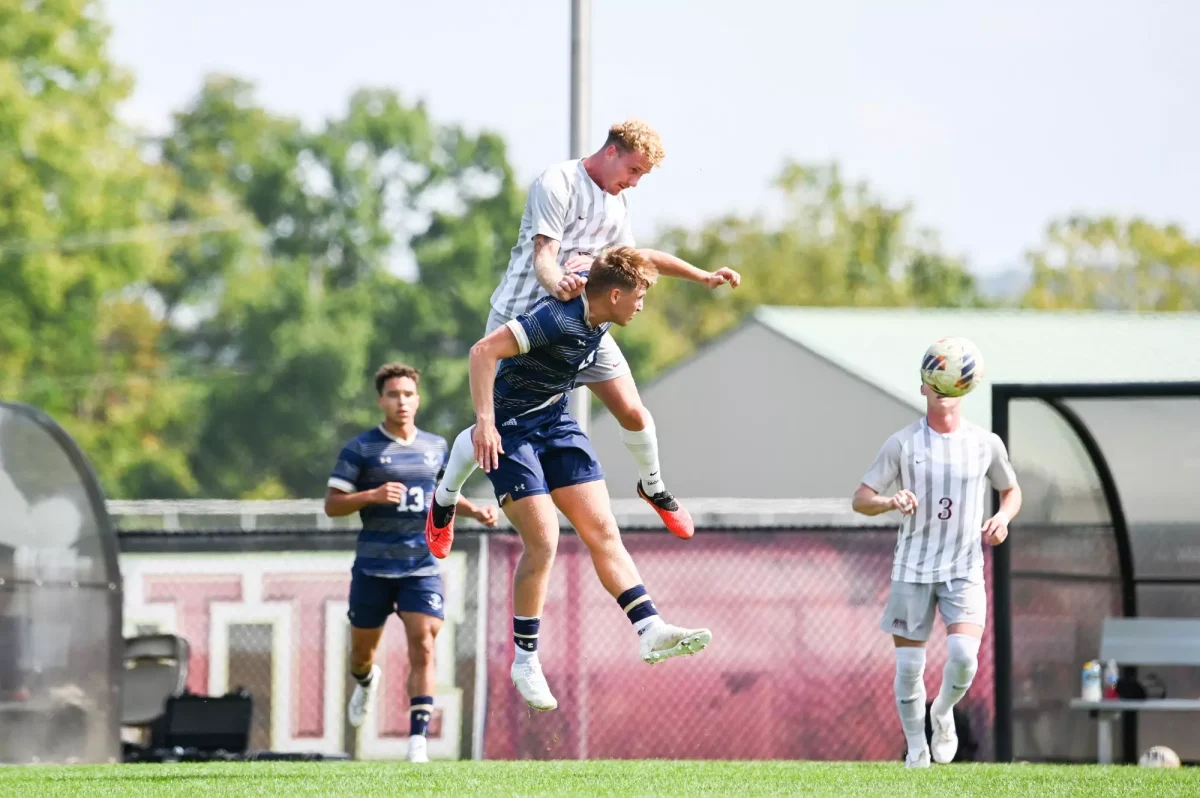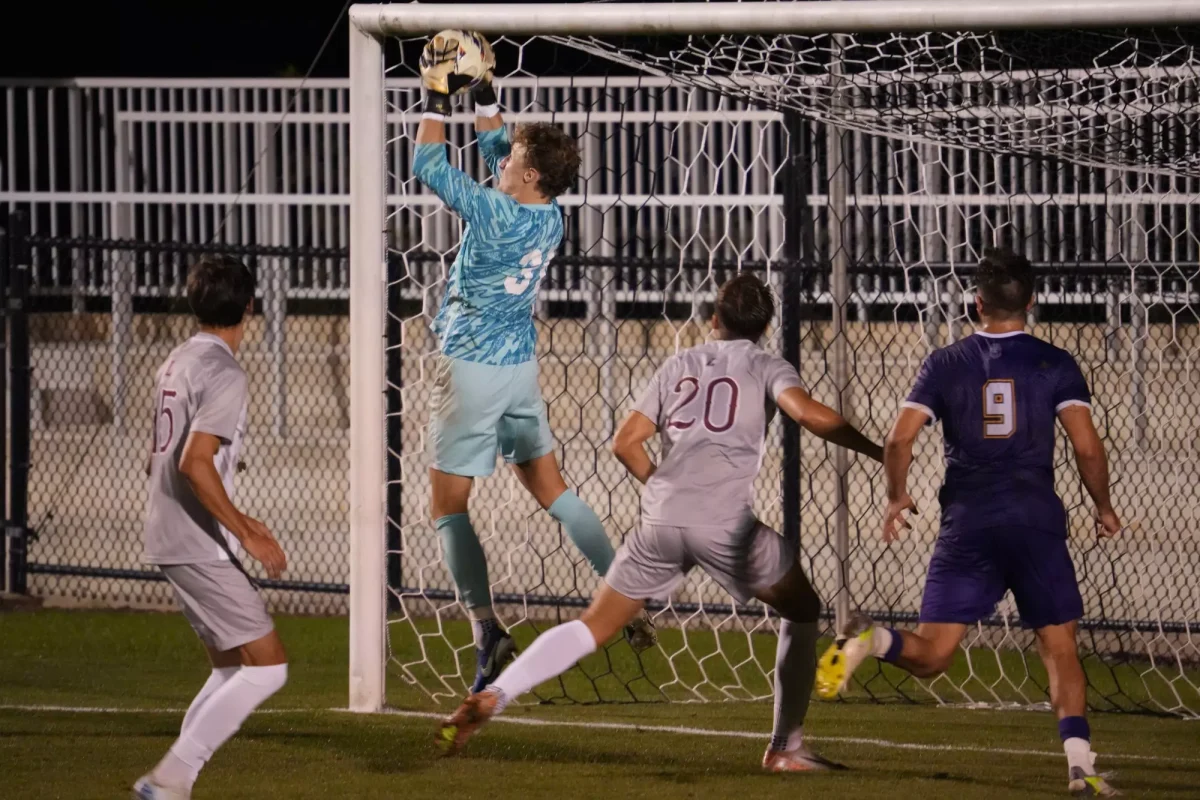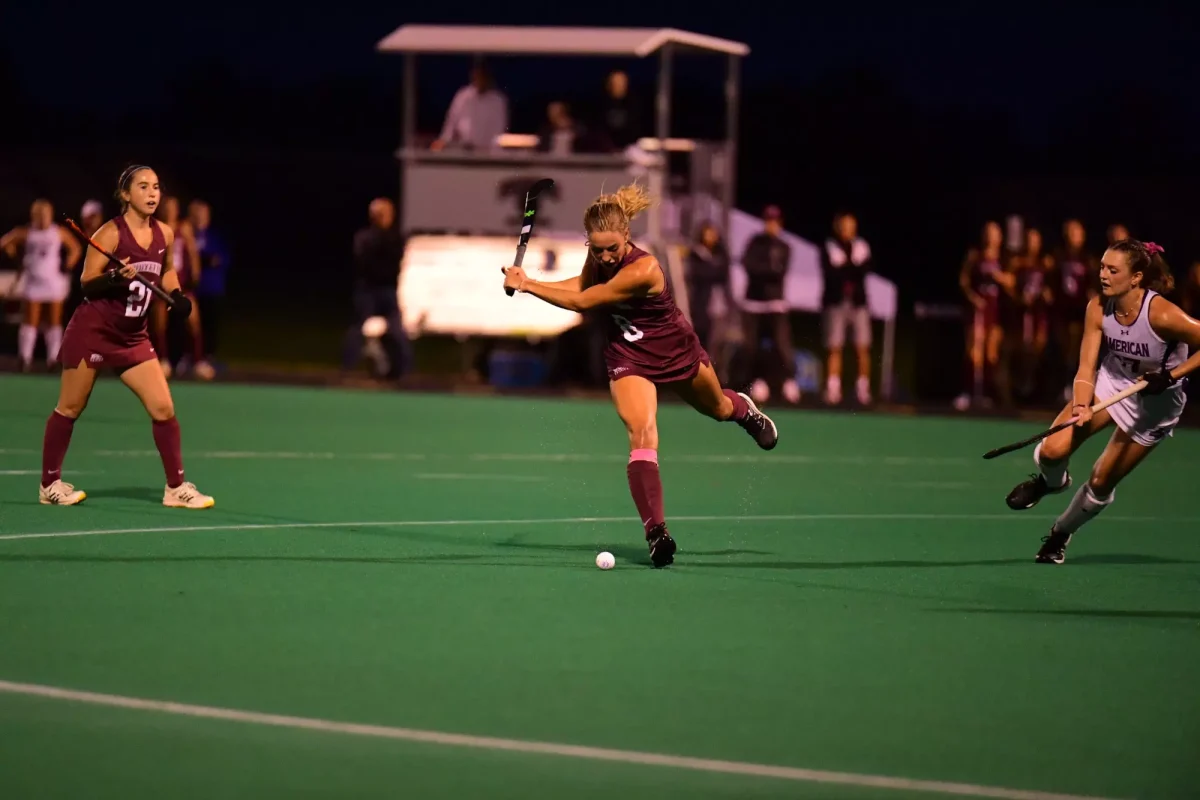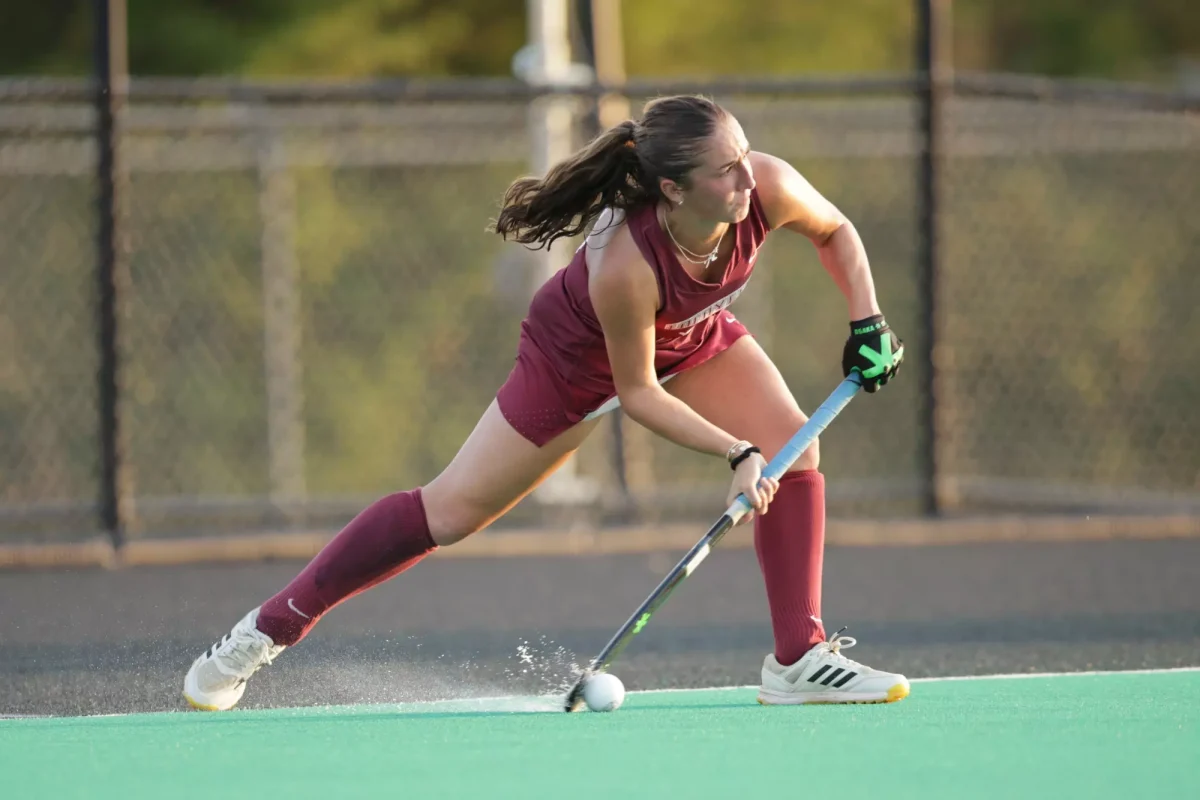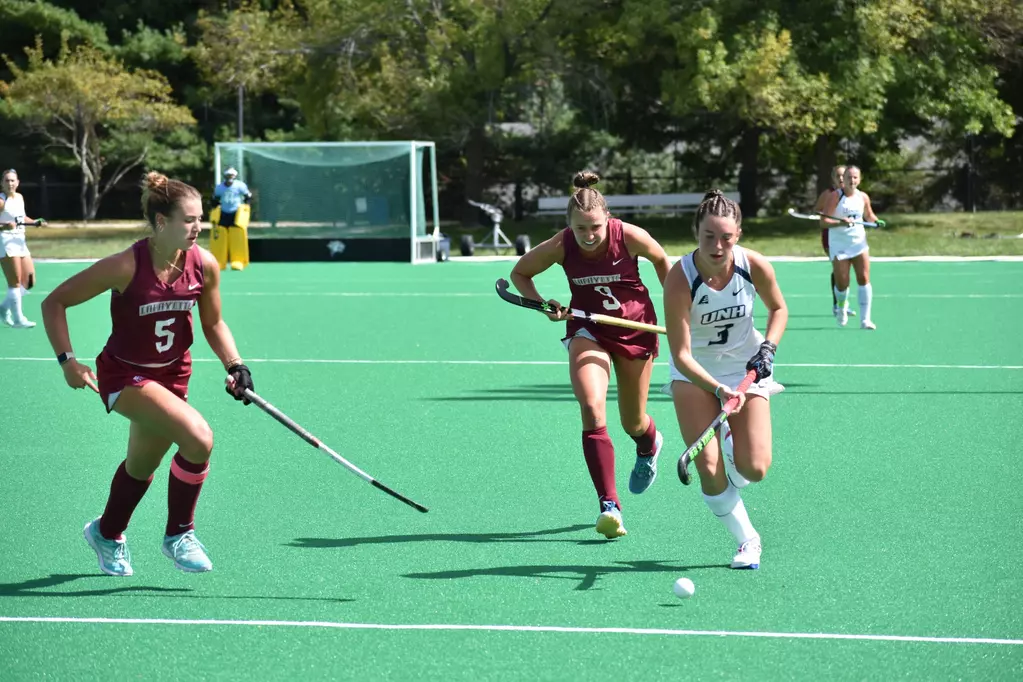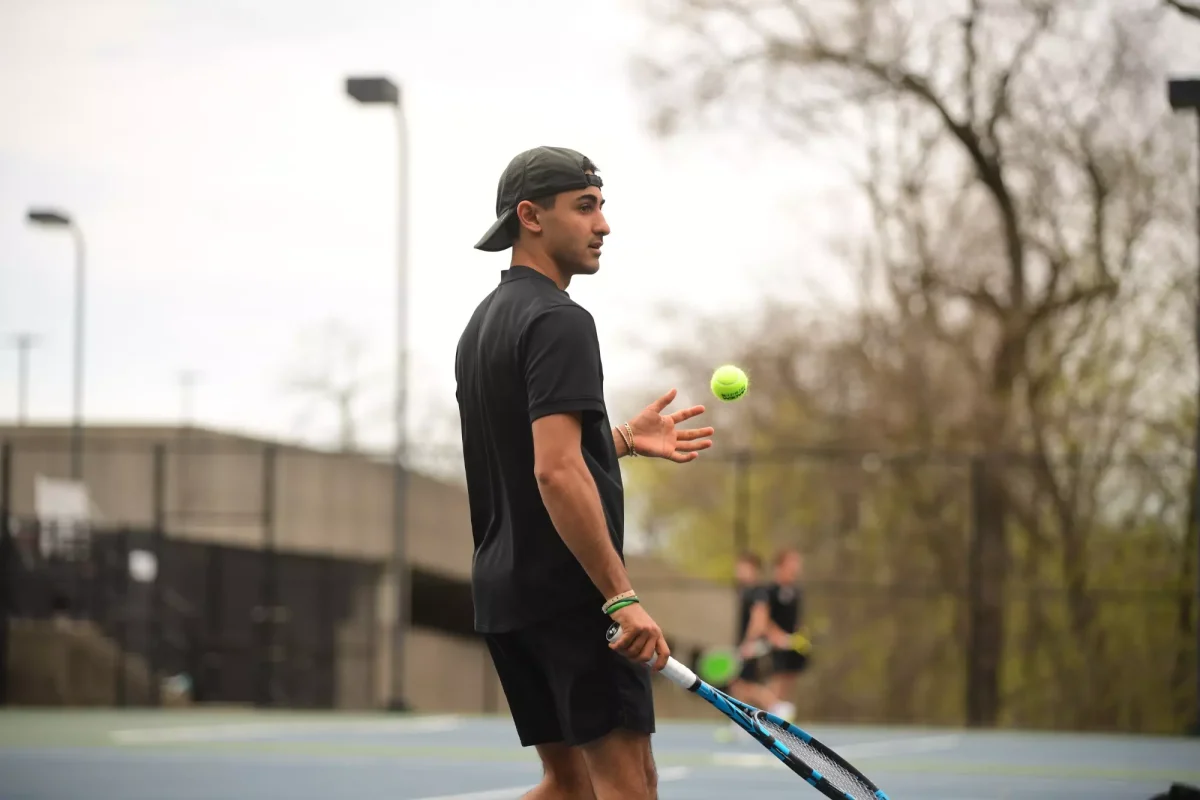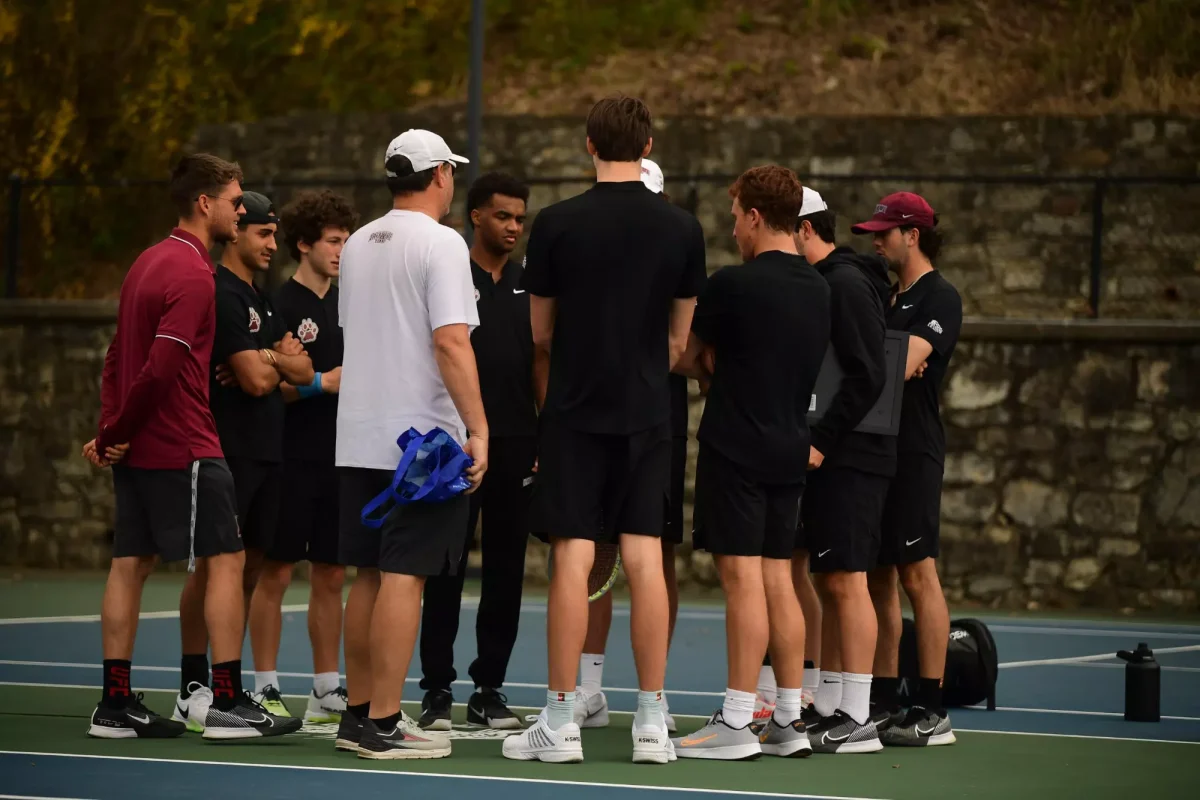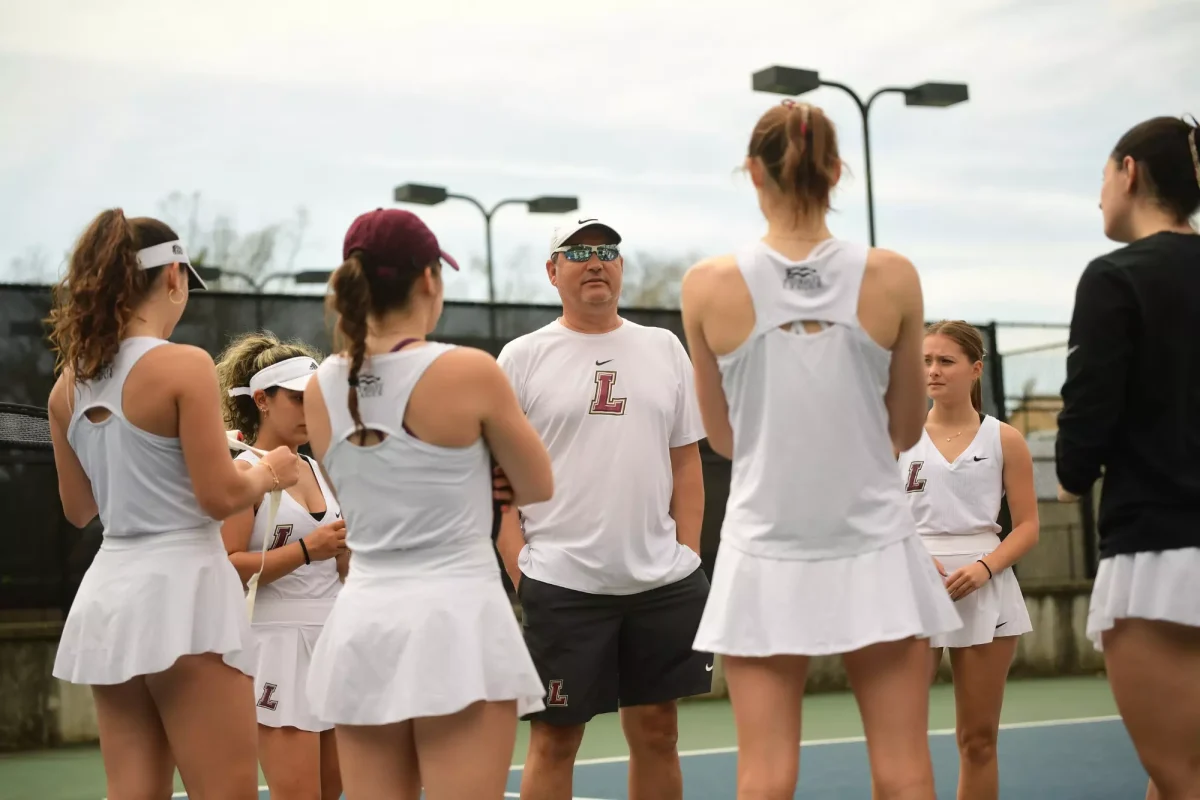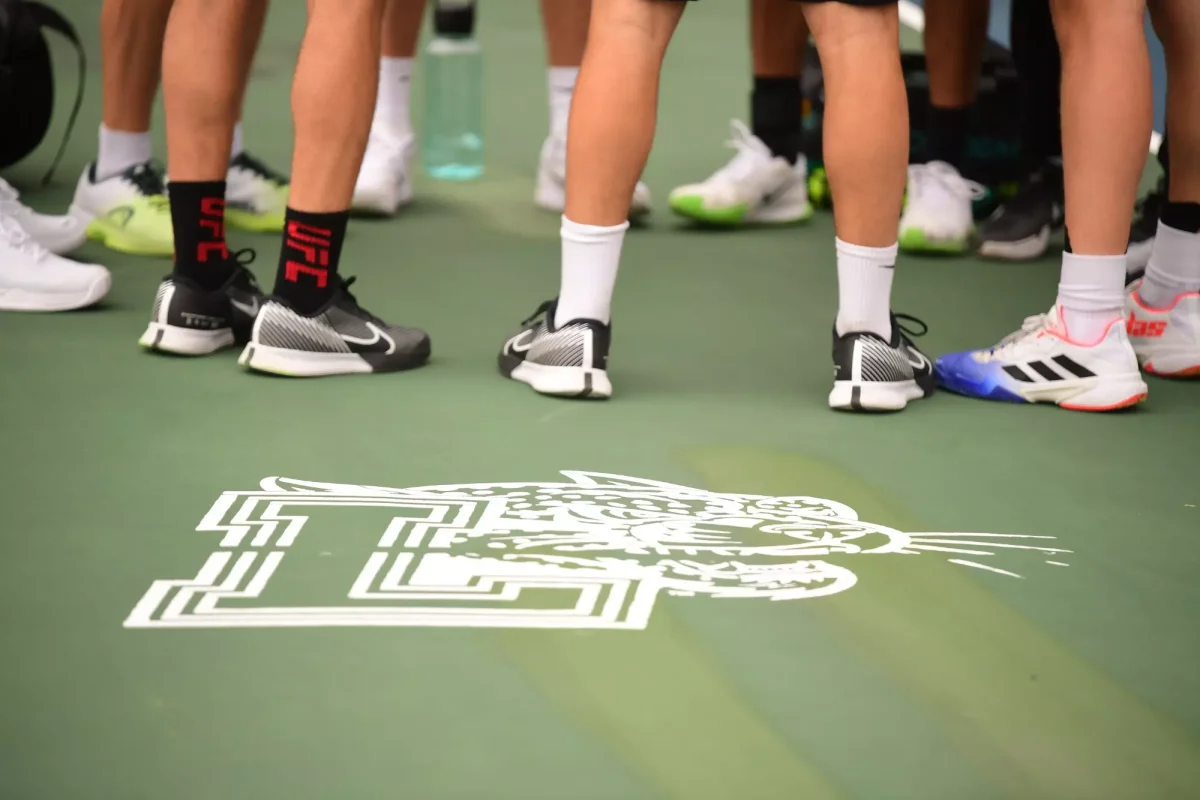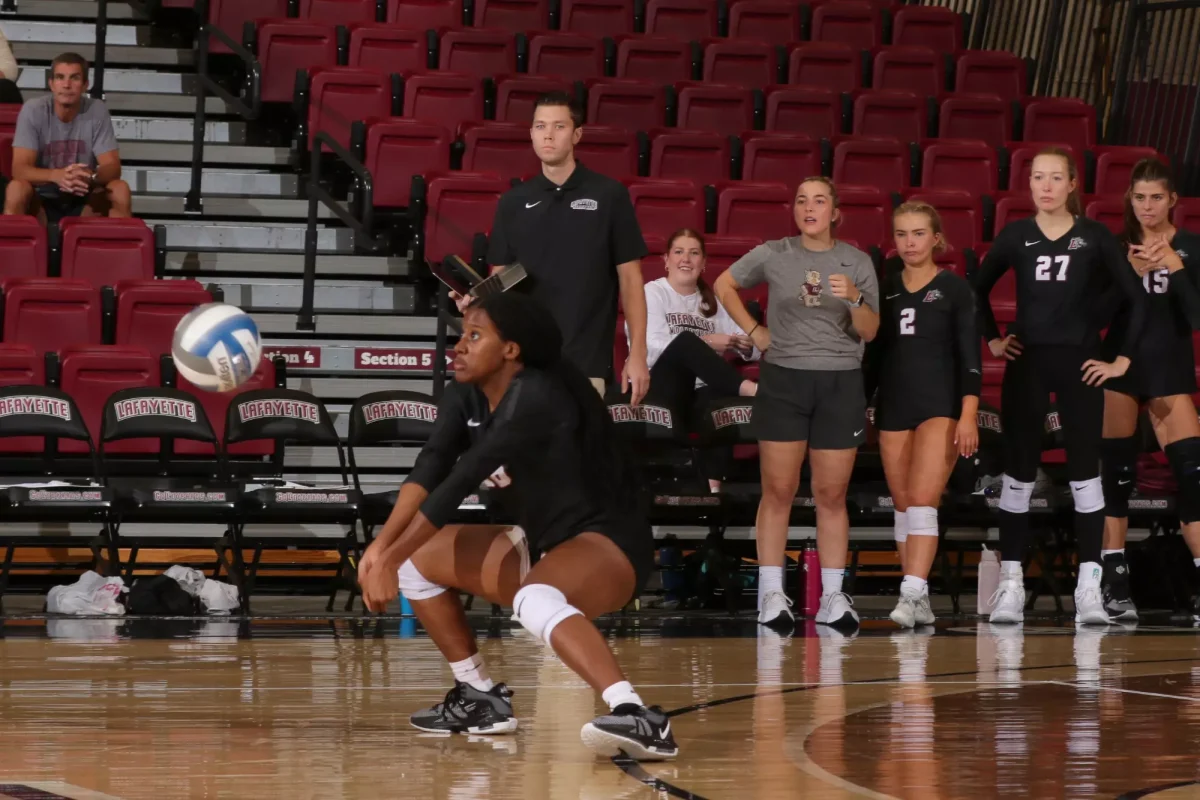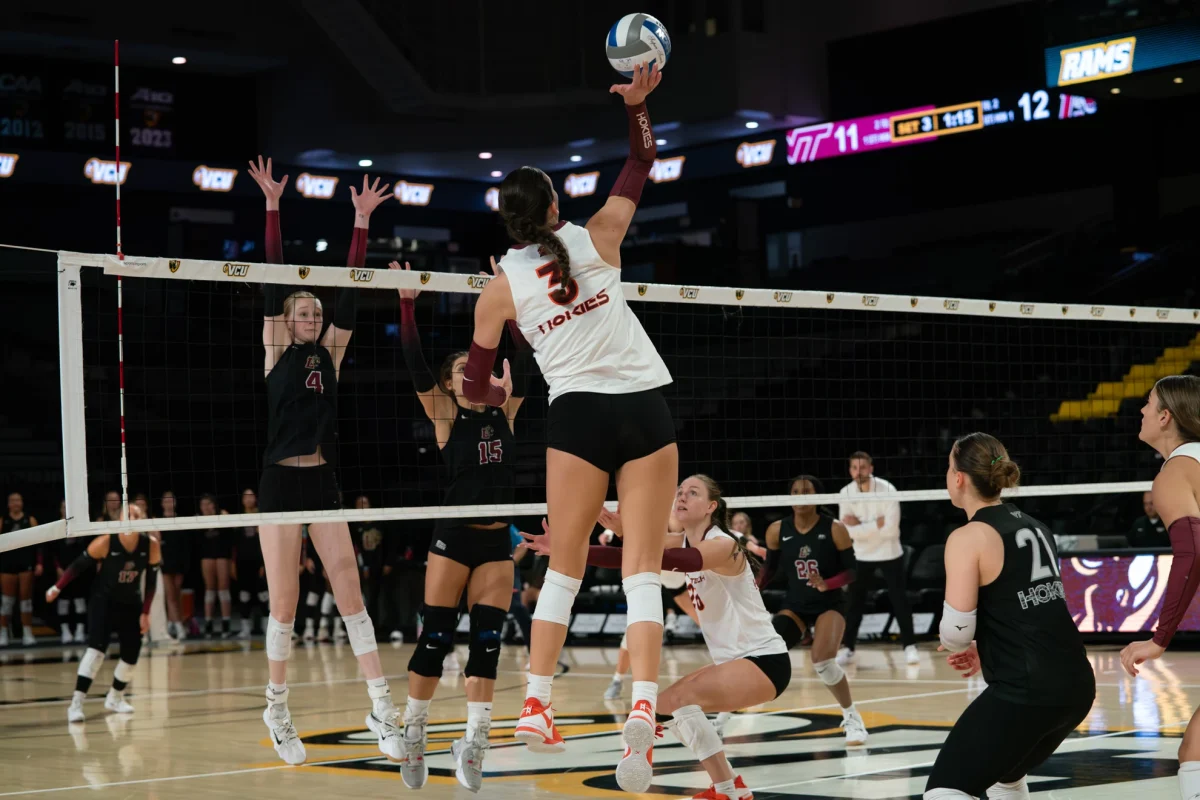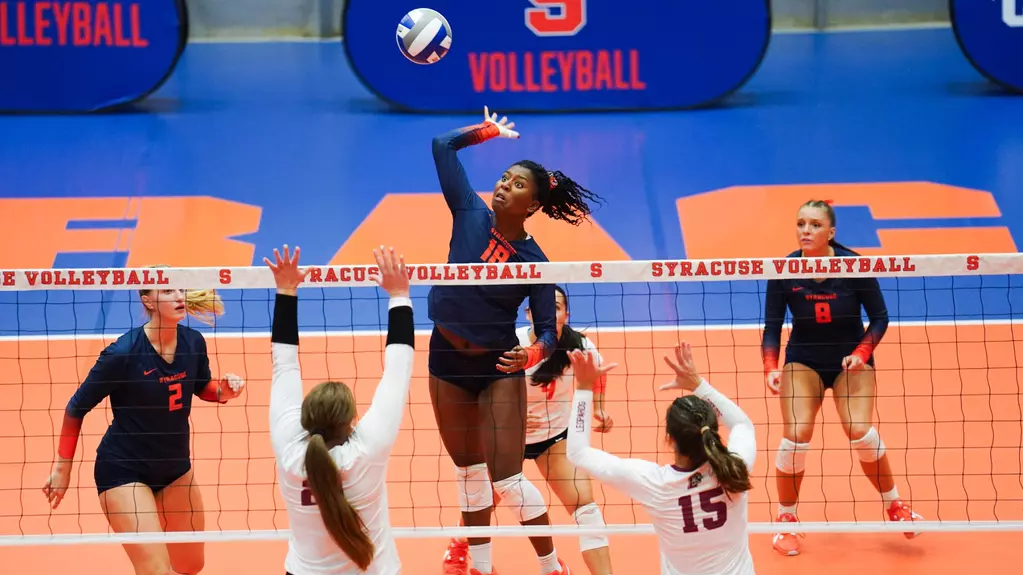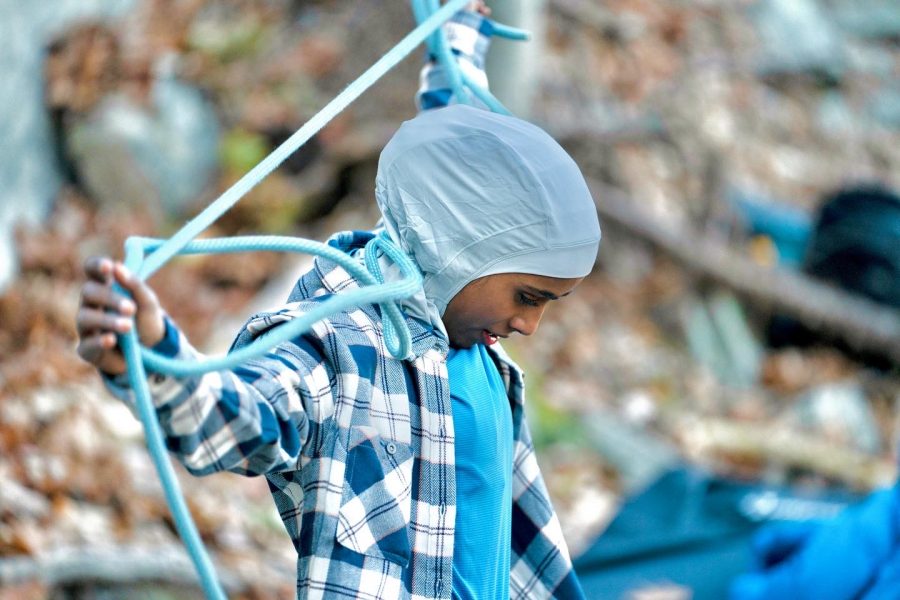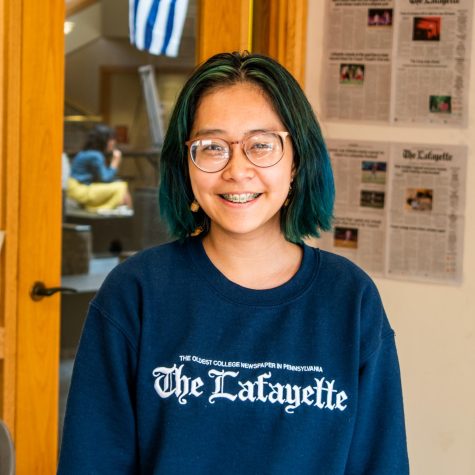Marjana Tafader ’22 designs sport hijab to increase inclusivity in outdoor sports
Marjana Tafader ’22 worked with outdoor apparel community Outdoor Research to create a sport hijab that was secure, breathable, lightweight and aesthetically pleasing. (Photo by Chris Vultaggio)
December 10, 2021
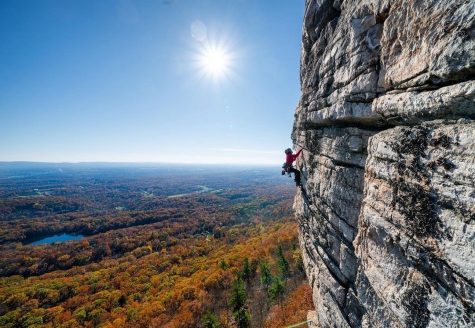
Some people find comfort in a good book or their favorite movie. Senior Marjana Tafader feels most relaxed hanging off the side of a mountain.
“For me, climbing has always been so soothing…if you are in school and stressed, you just go out and have that peaceful moment or moment with nature that heals and freshens you up, and that’s what I really like,” Tafader said.
That’s why she teamed up with the clothing company Outdoor Research to design a sport hijab. Tafader, who wears a hijab, wants more people to experience what she feels while climbing, without inhibitions.
According to Tafader, a good sport hijab should be secure, breathable, lightweight and keep one’s hair out of the way during intense activity. Functionality is not the only concern. For Tafader, her hijab is an important part of her identity, so having just as many aesthetic options for sport hijabs as there are for other apparel is important to her.
“I wanted to design a hijab that would fit me really perfectly and look nice and not something that was developed to do this one activity but doesn’t look as aesthetically pleasing,” Tafader said.
Tafader collaborated with Outdoor Research product manager Sara Nazim, designer Phoebe Coleman and product developer Daovone Vongsaly-Udom to develop a hijab that fulfilled these functional and aesthetic requirements. From attending multiple Zoom calls to reviewing countless prototypes, Tafader was intimately involved with the design process.
“You usually see hijabs or other products that are developed, but it’s very distant from the people who are engaging and who are wearing those kinds of items,” Tafader said.
Having such an integral role in the design process made her feel “super-empowered,” she said.
Although greater inclusivity within climbing and other outdoor activities might begin with hijabs, it certainly doesn’t end there. Tafader described diversity within climbing as providing people with the right resources, mentorship and tools for people of all skill levels and identities.
Tafader first started climbing in her senior year of high school in New York City, where she was involved with Young Women Who Crush (YWWC), a climbing and leadership development program for women and gender-expansive youth.
“For me, I felt like having a diverse group in itself was just really pretty empowering…I can grow more in that environment,” Tafader said of YWWC.
However, when Tafader joined the climbing team at Lafayette her freshman year, she found herself to be the only person of color on the team, as well as one of the only women. She is still working toward making the climbing team at Lafayette accessible to all.
“One of the things I’ve been trying is to have the climbing team be a space where students of color can come in and feel like they can trust us,” Tafader said.
Due to her own passion for climbing, Tafader hopes to get rid of as many barriers as possible keeping people of color from experiencing the activity.
“[People of color] can be a part of this sport that’s really amazing in many ways,” Tafader said. “Why should someone be limited because of their background or because of a lack of resources?”

